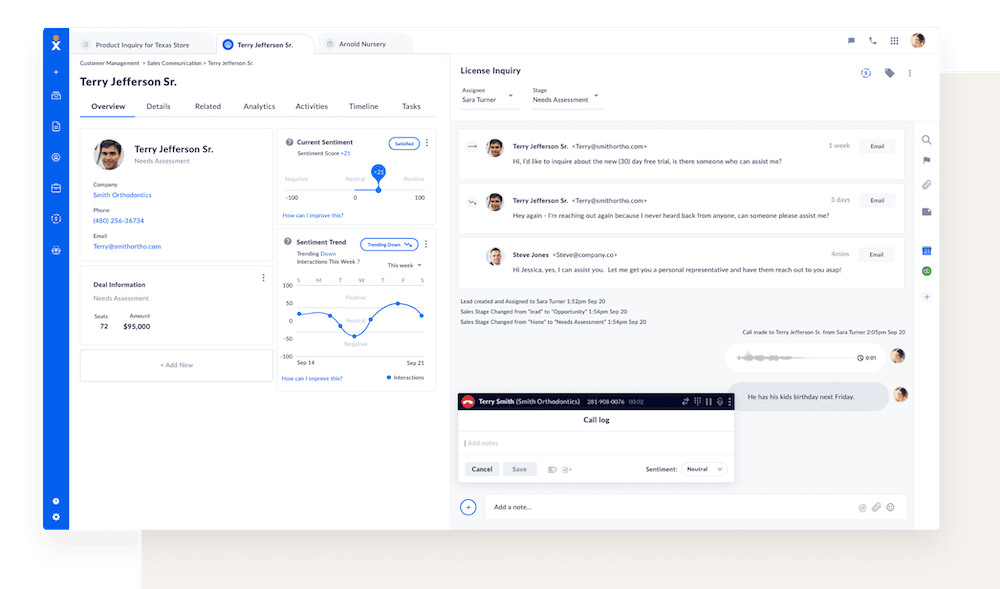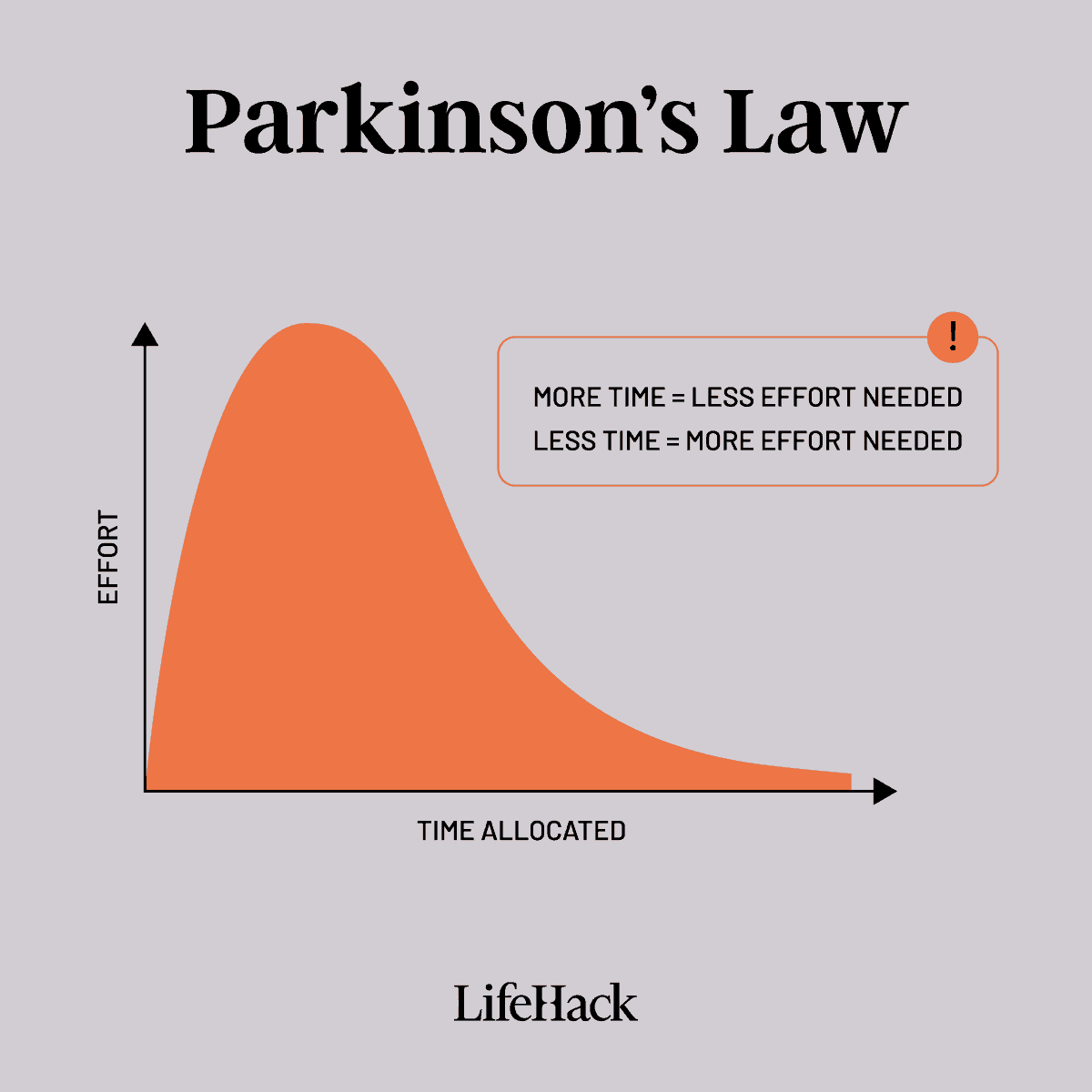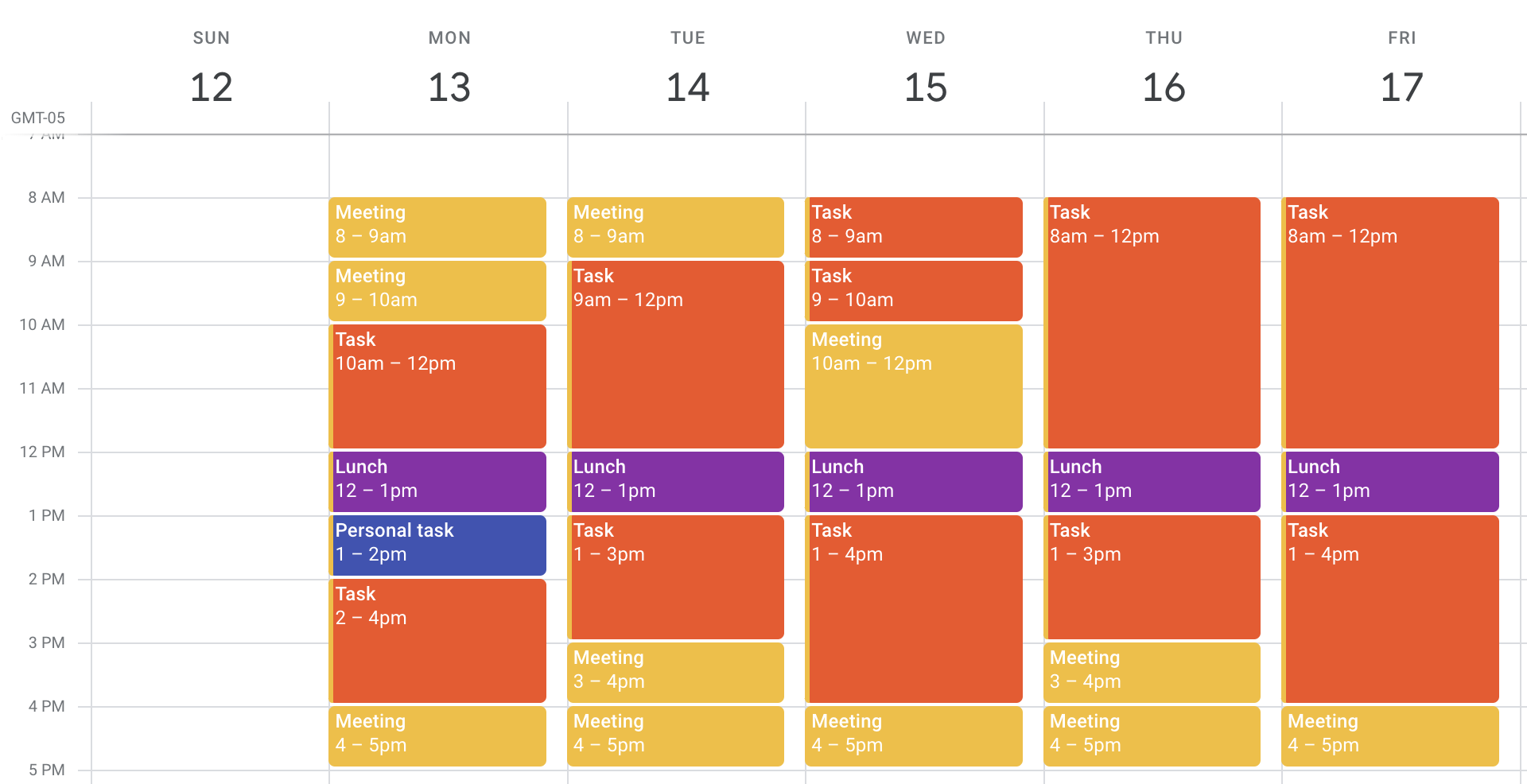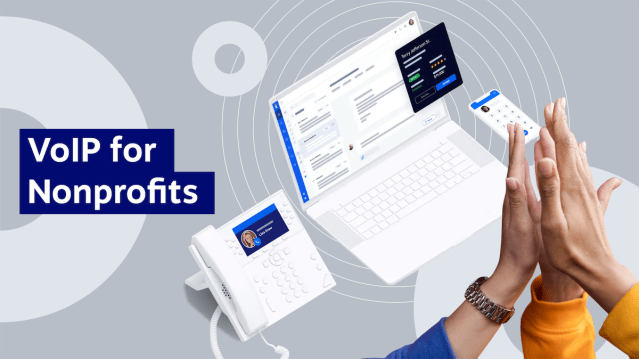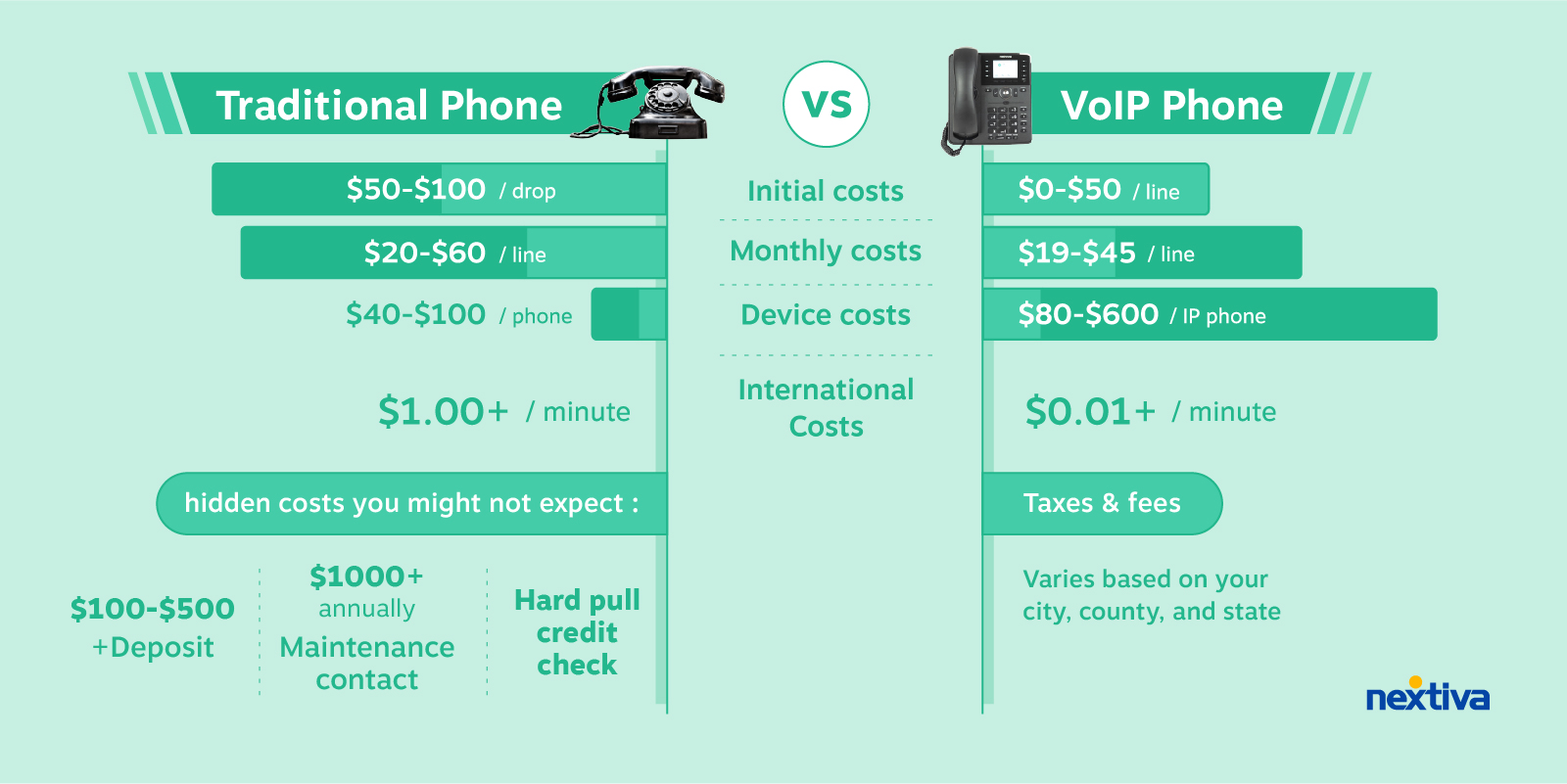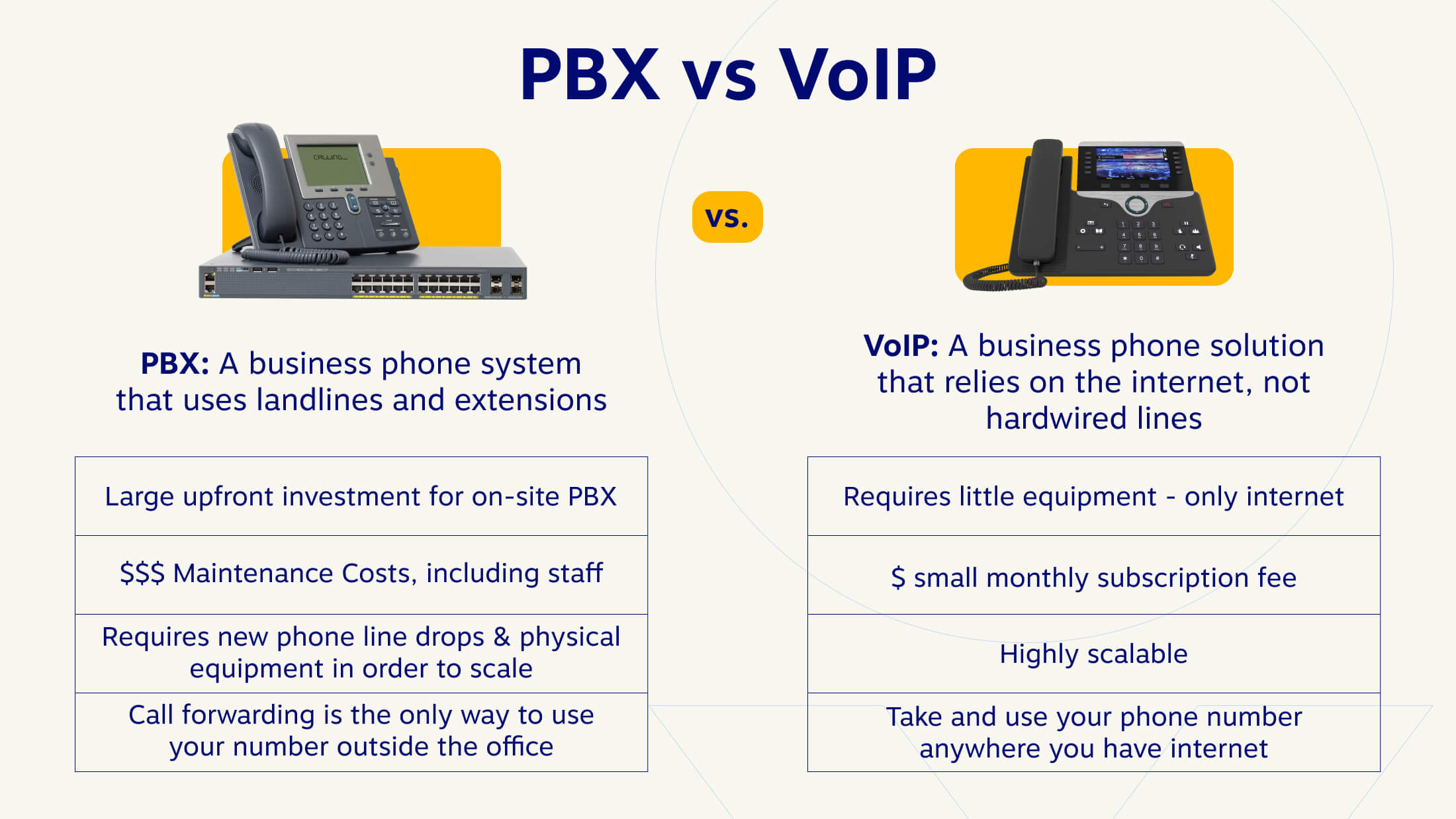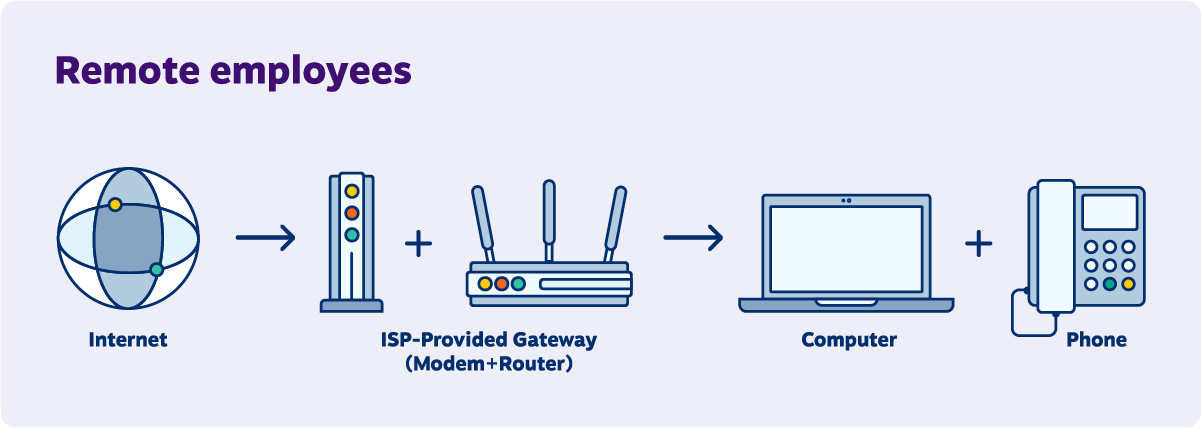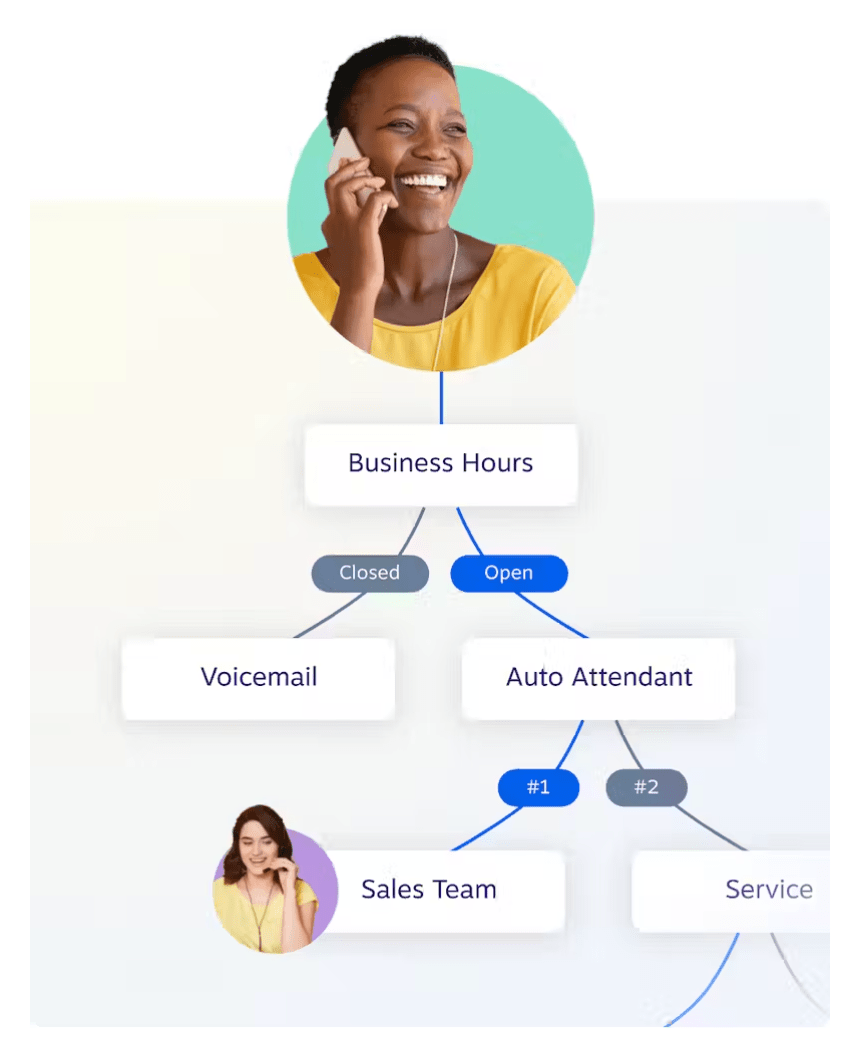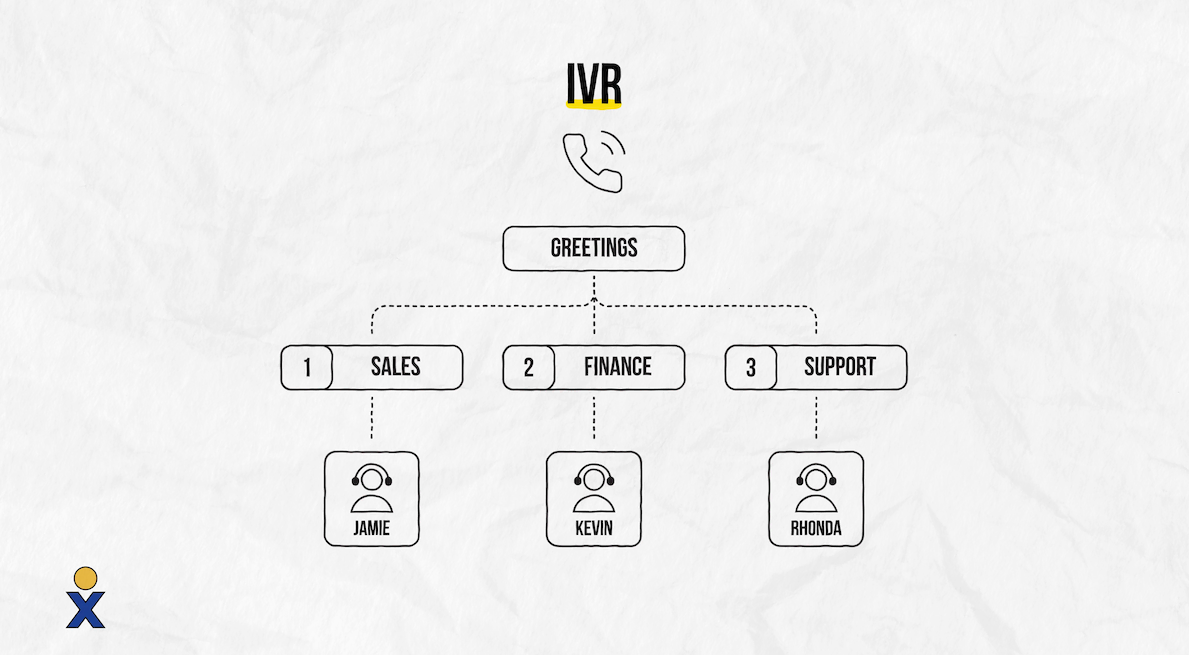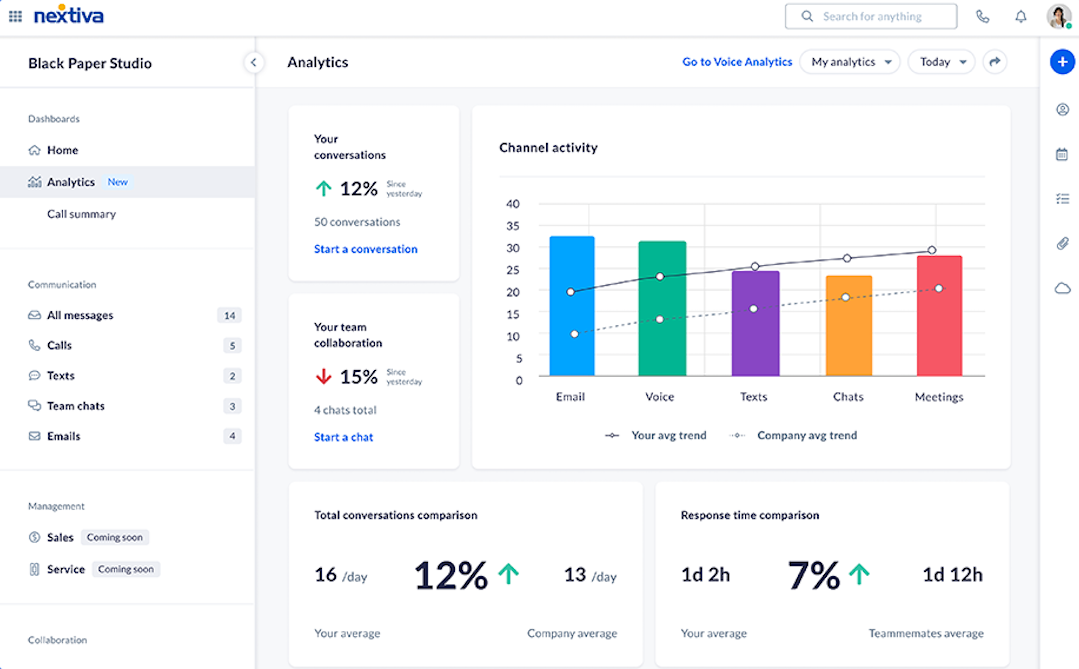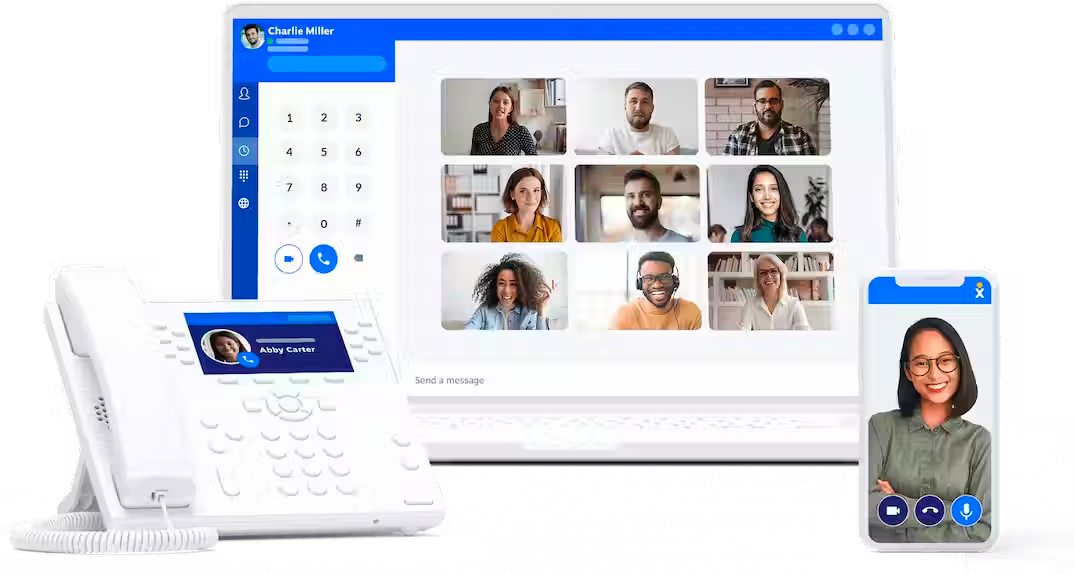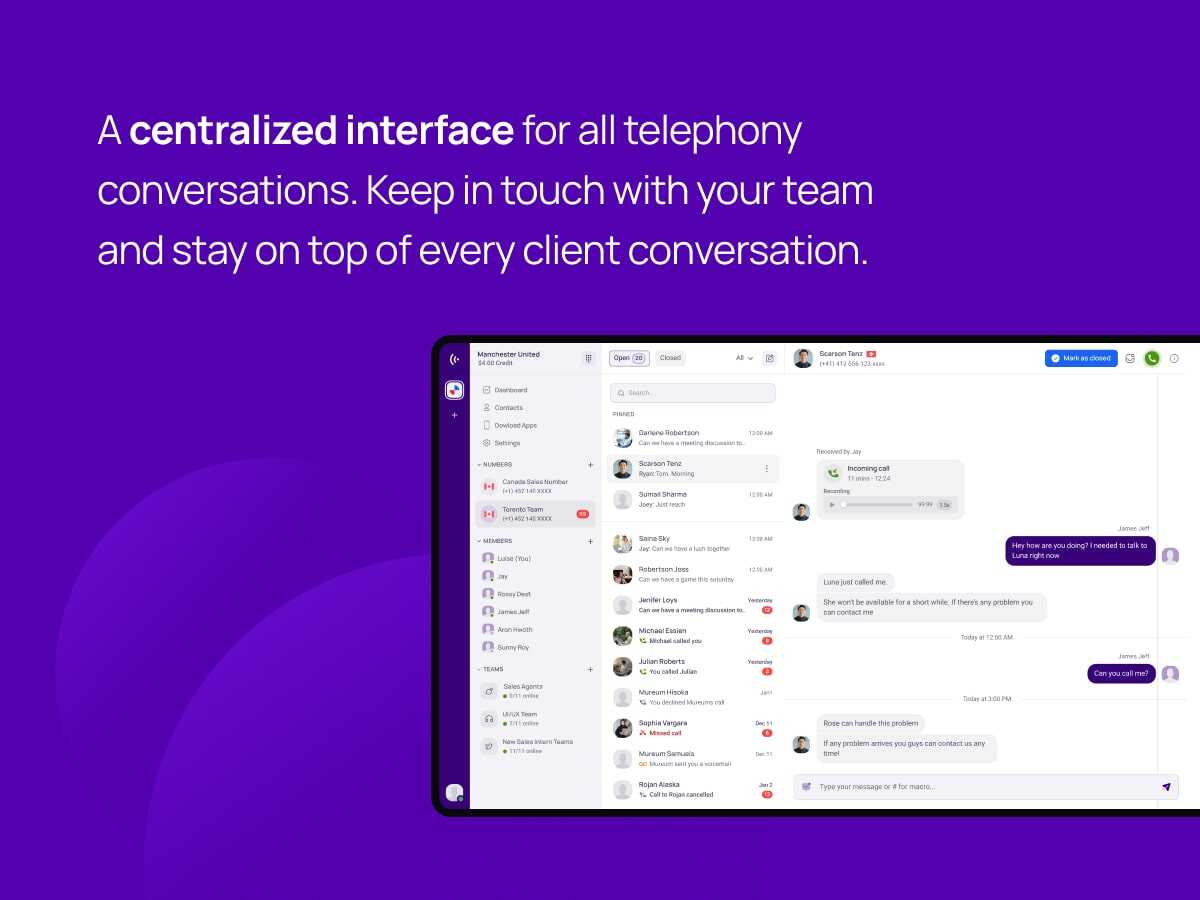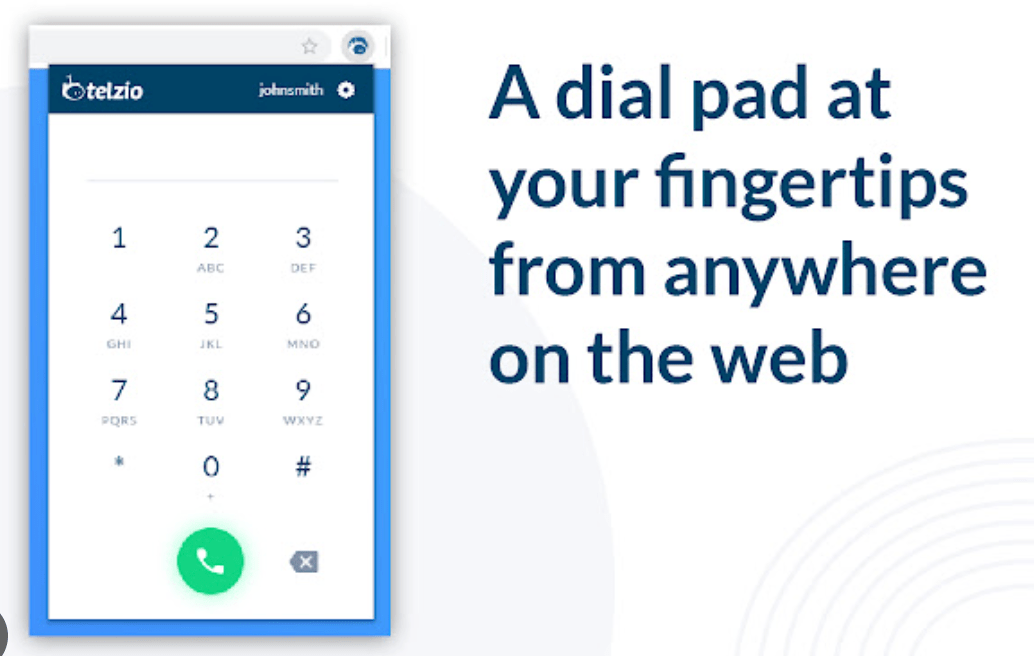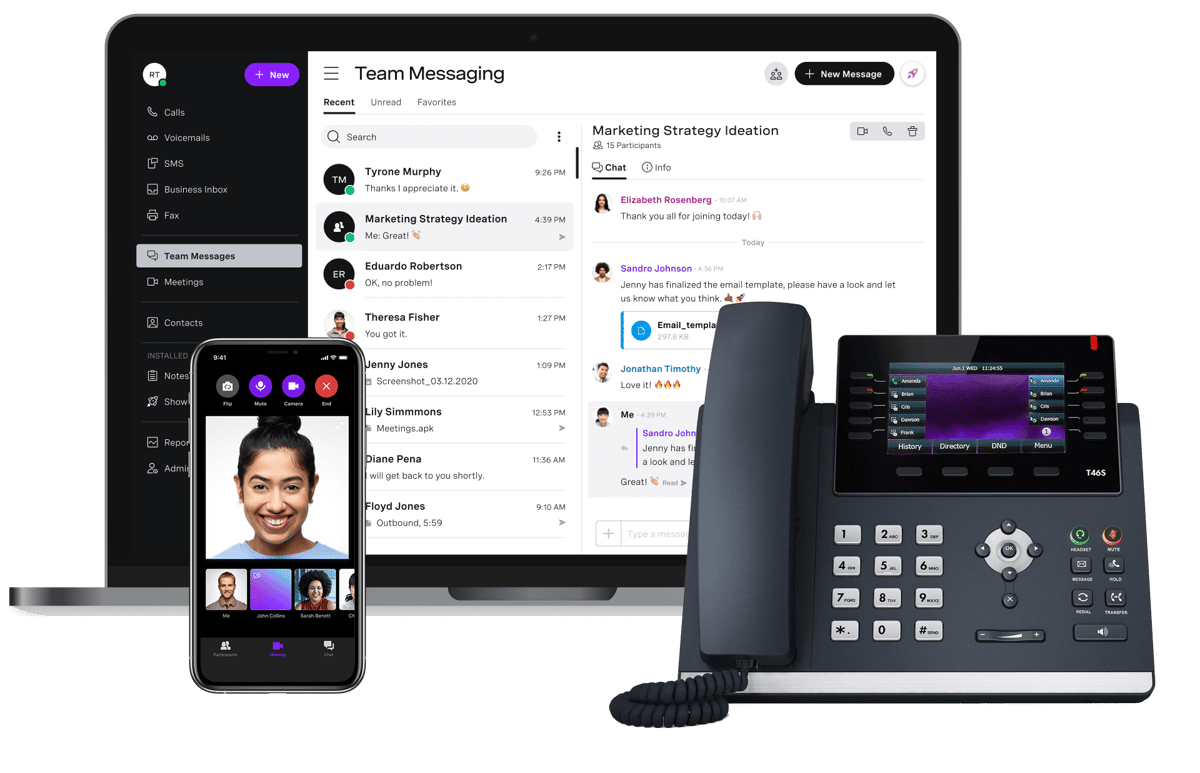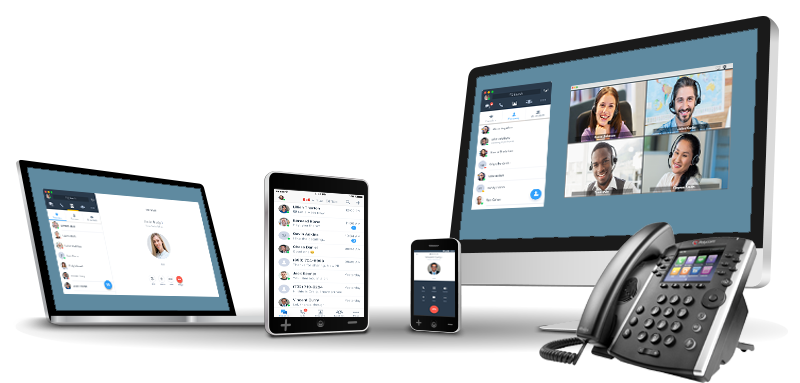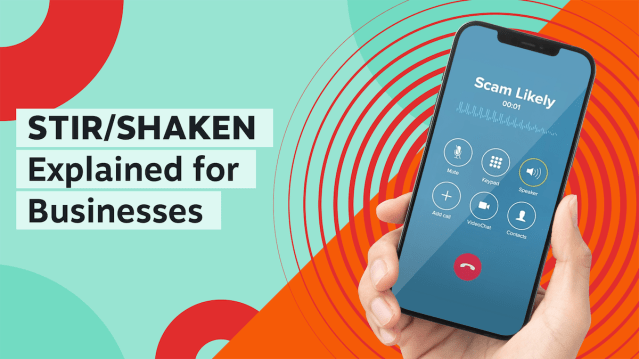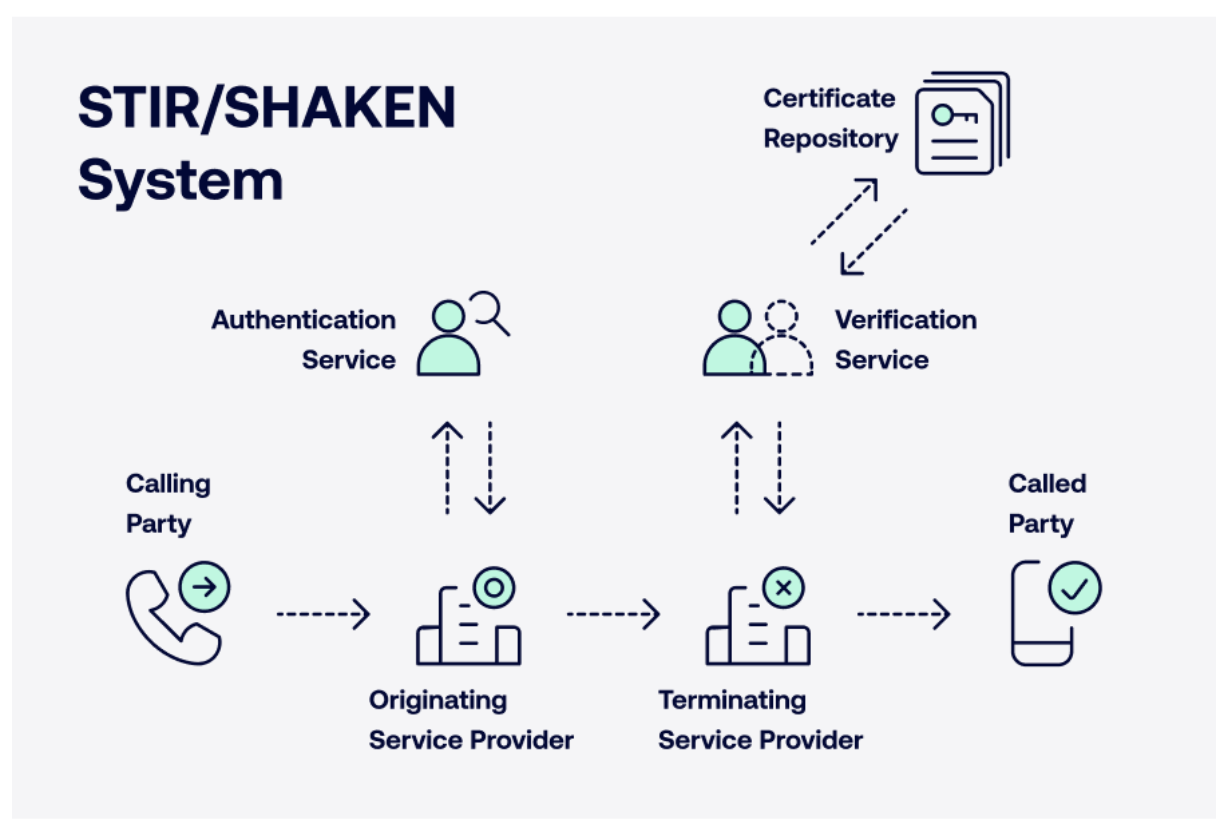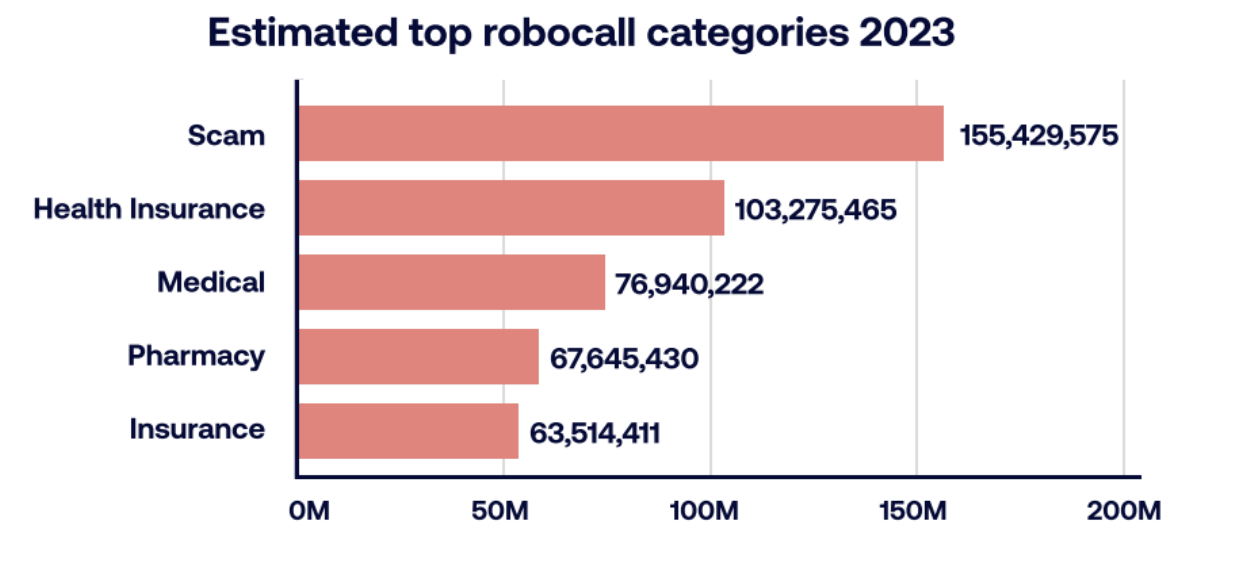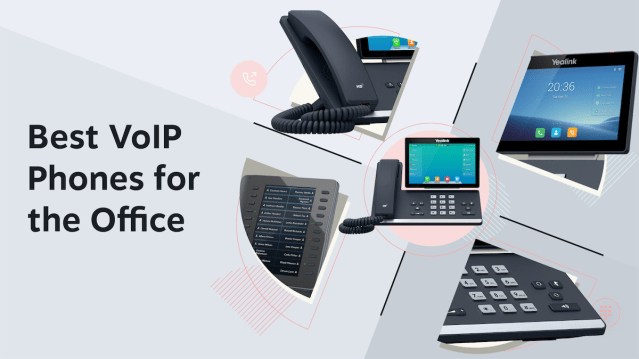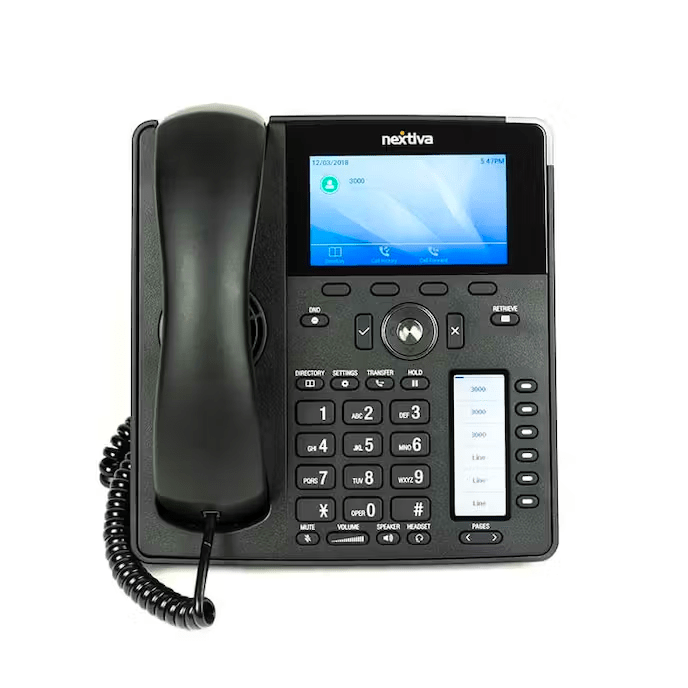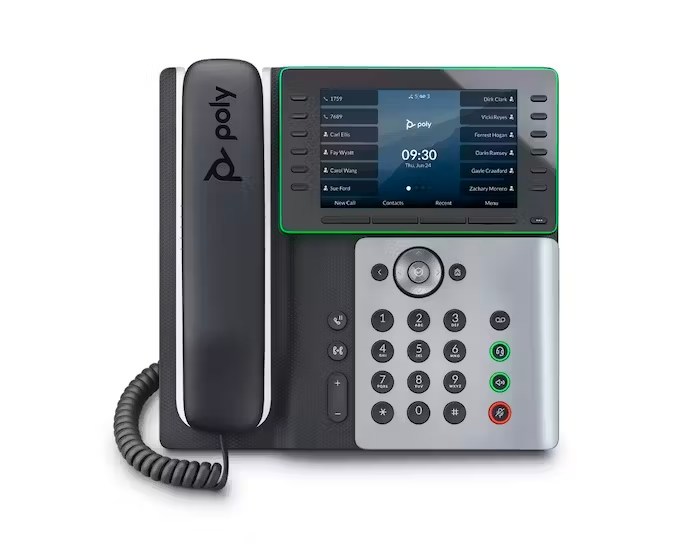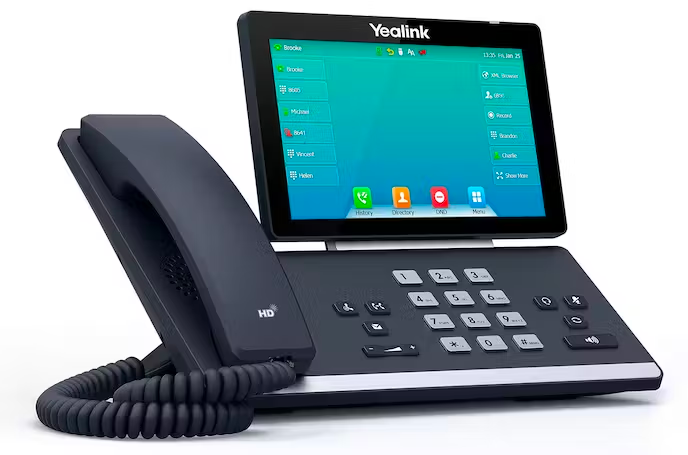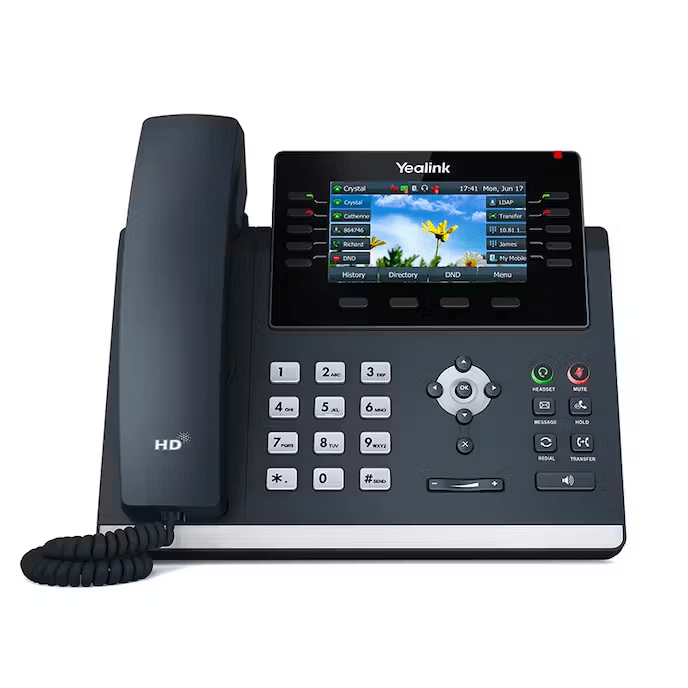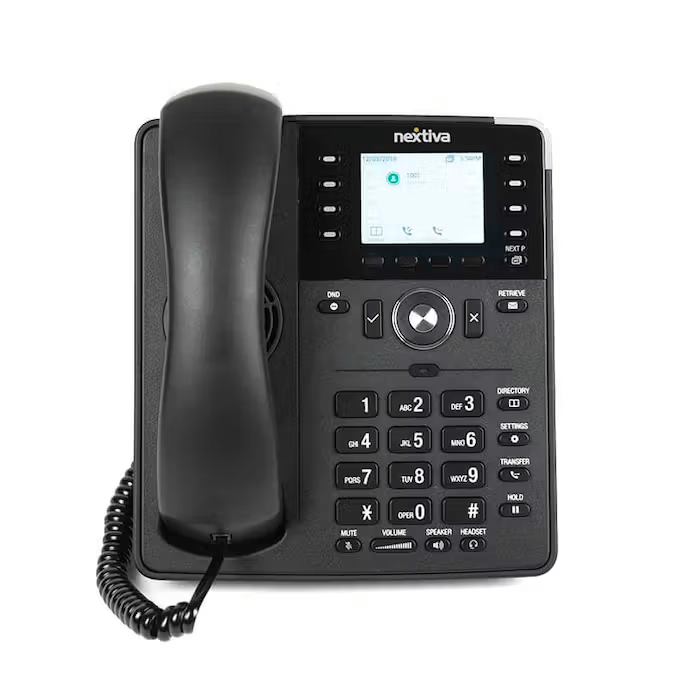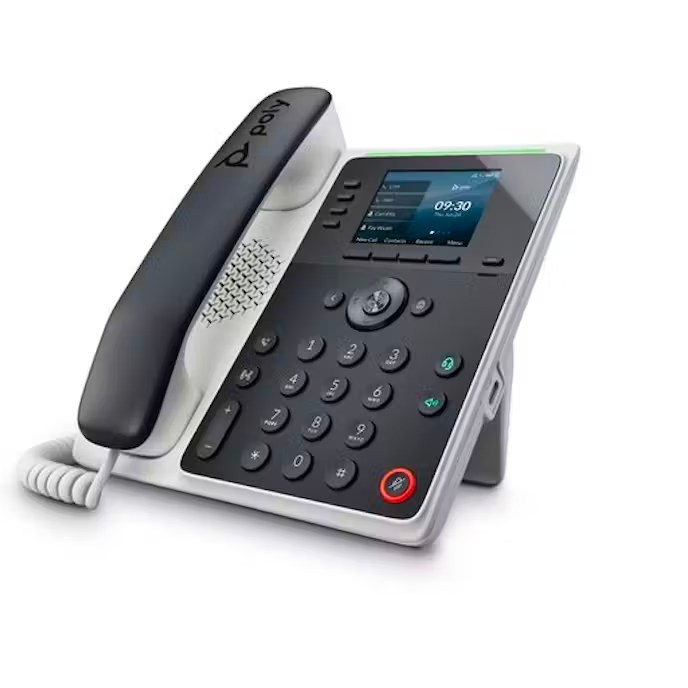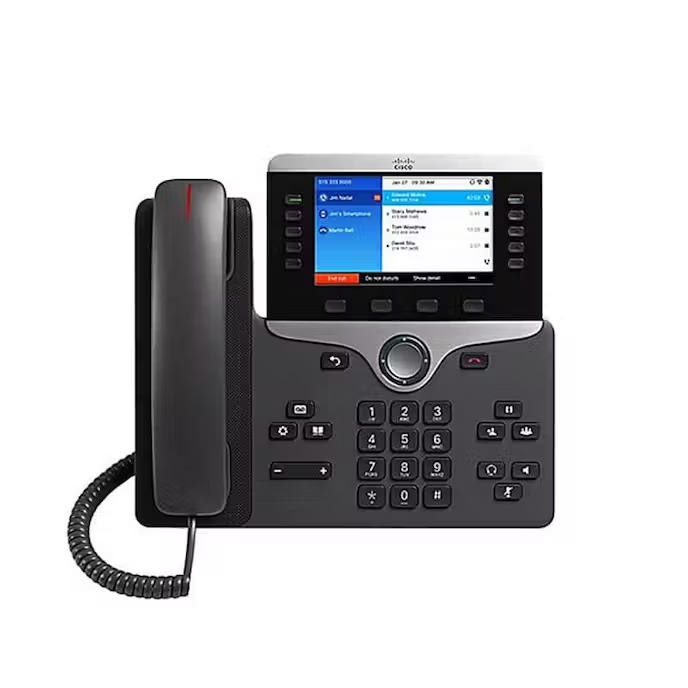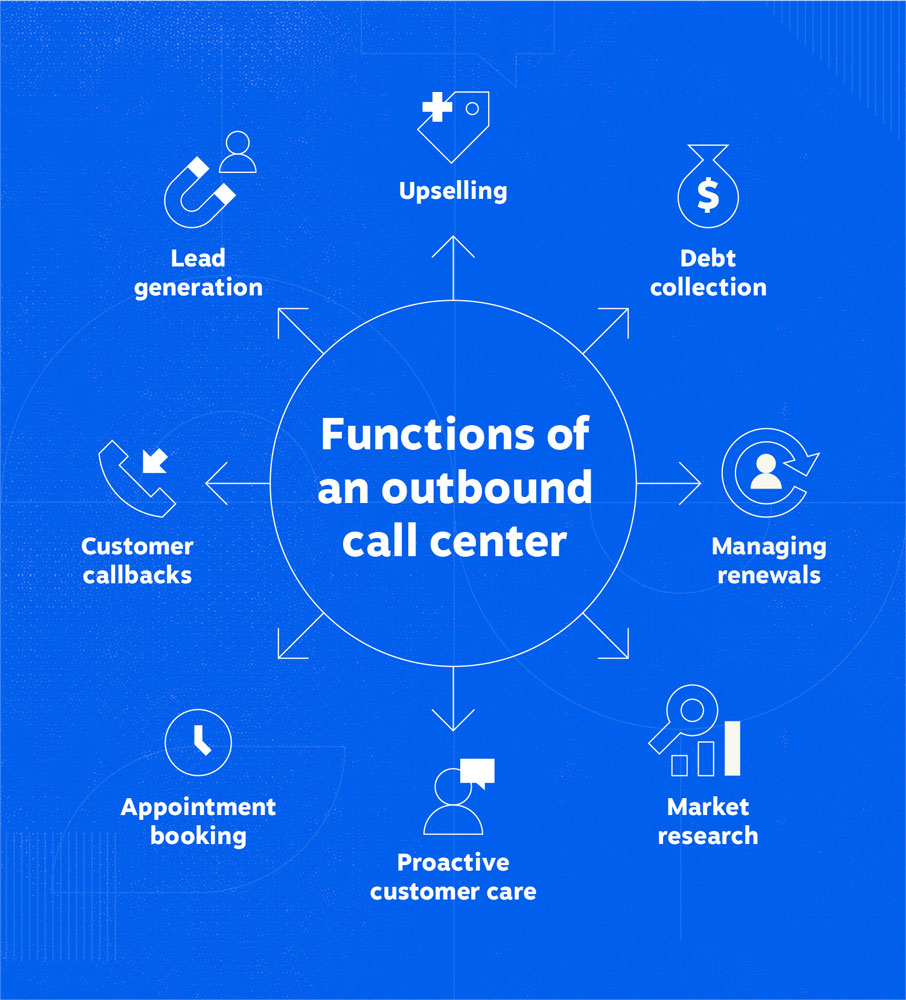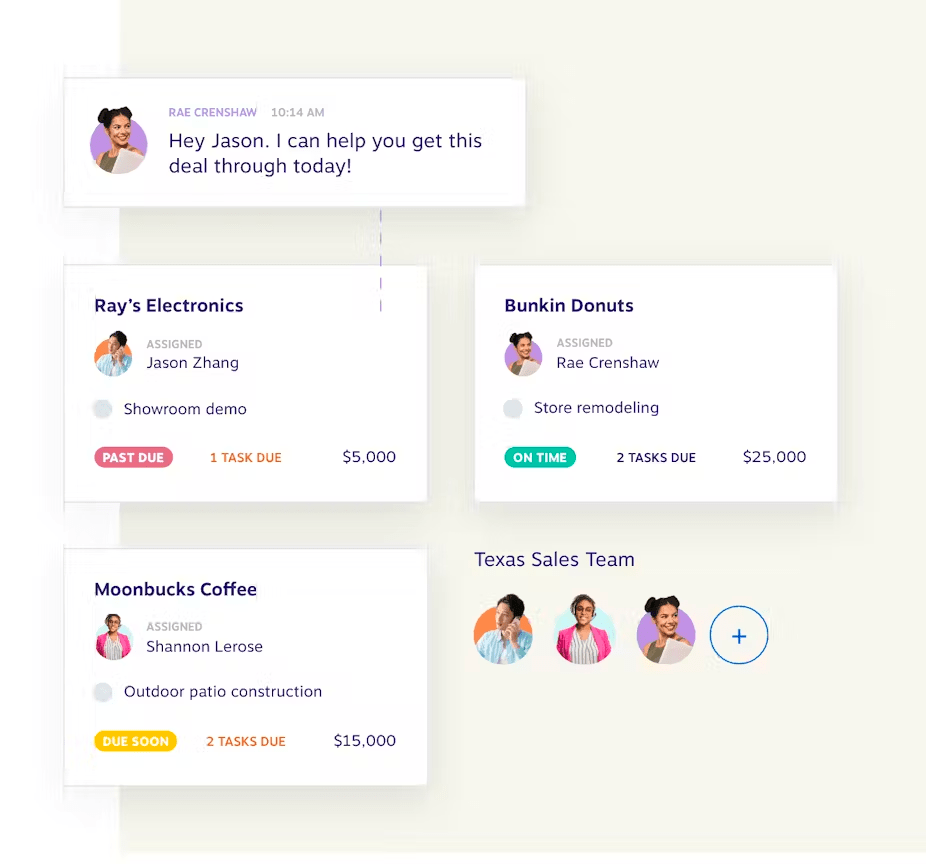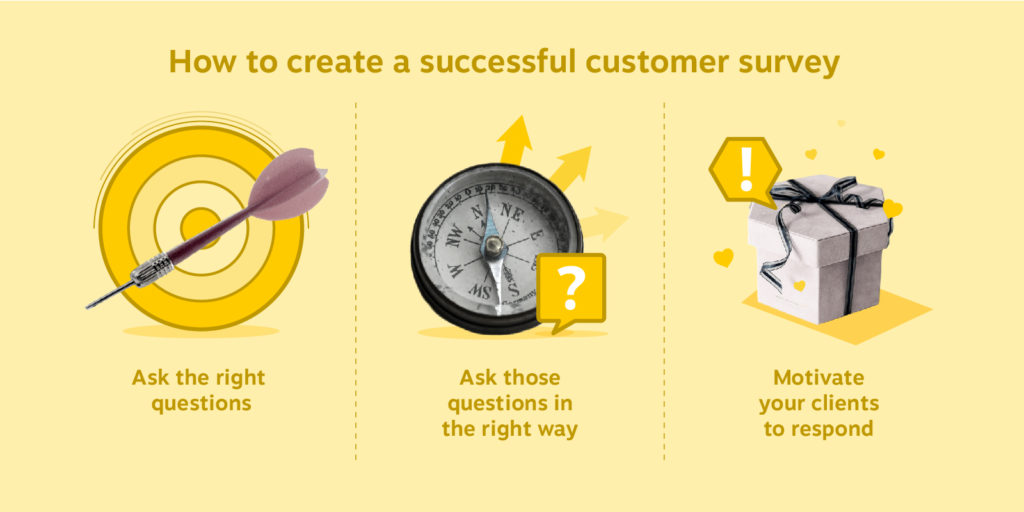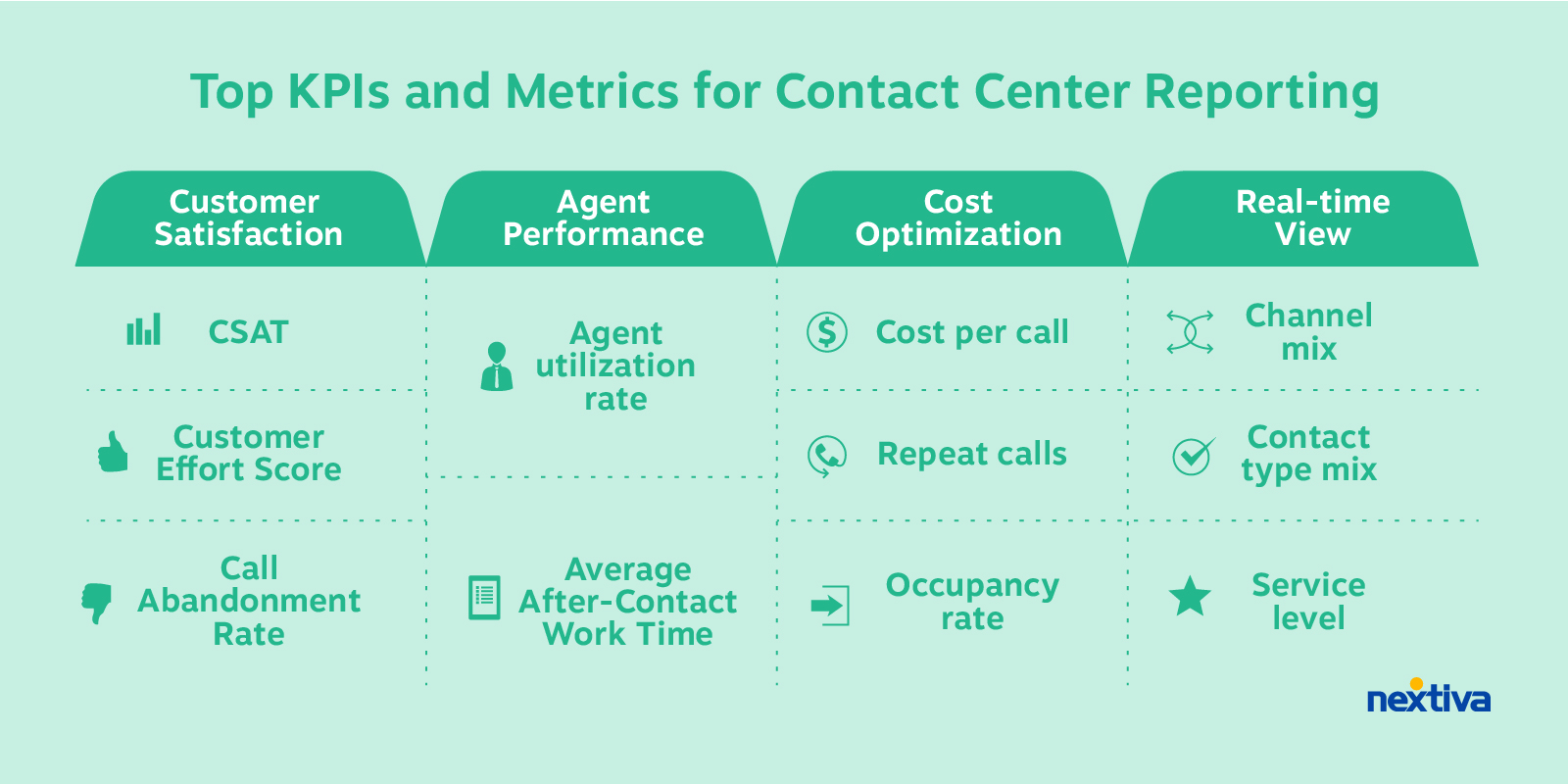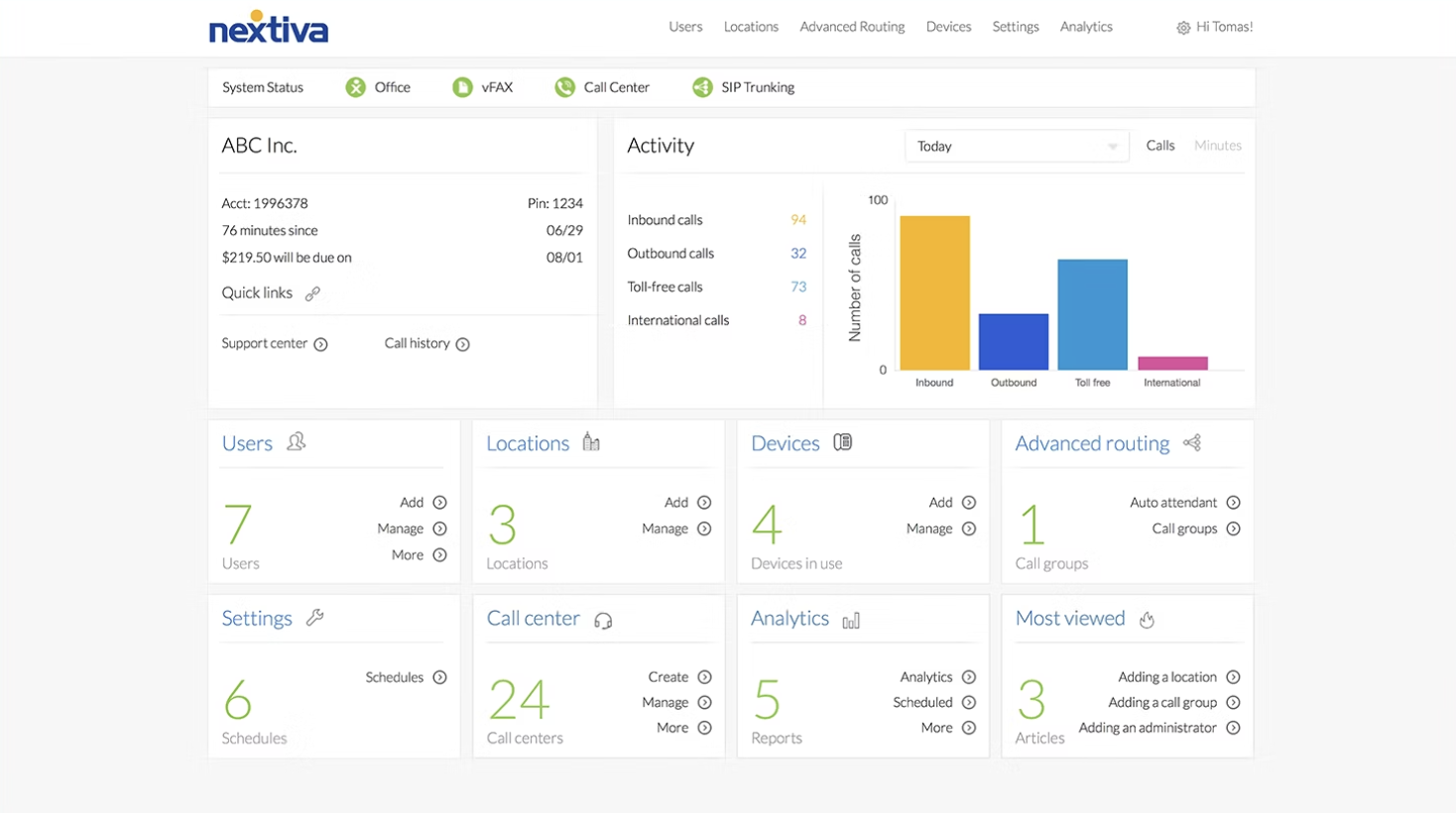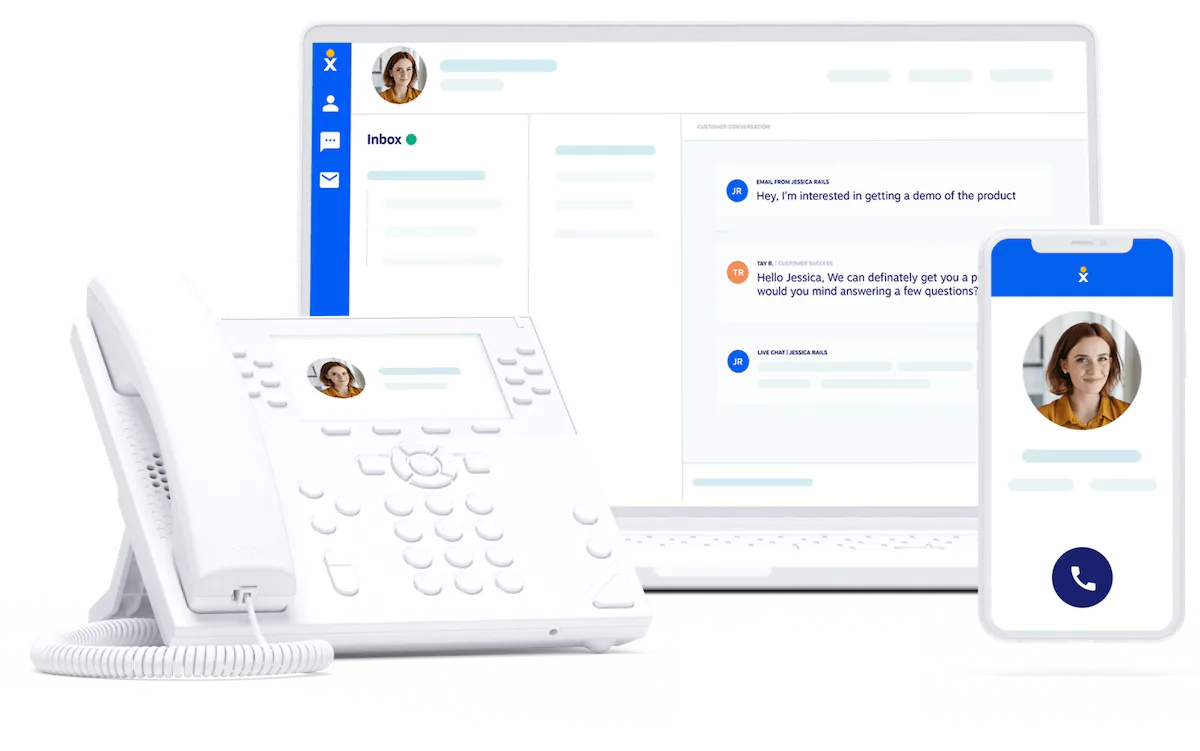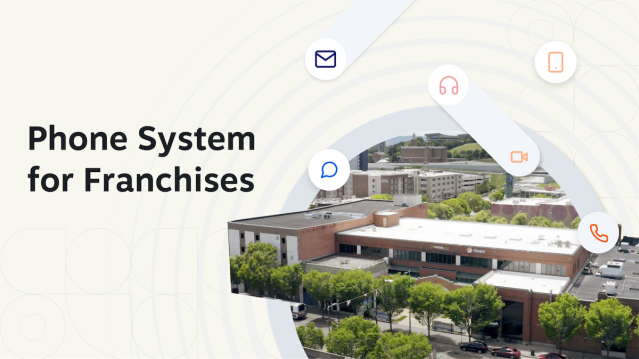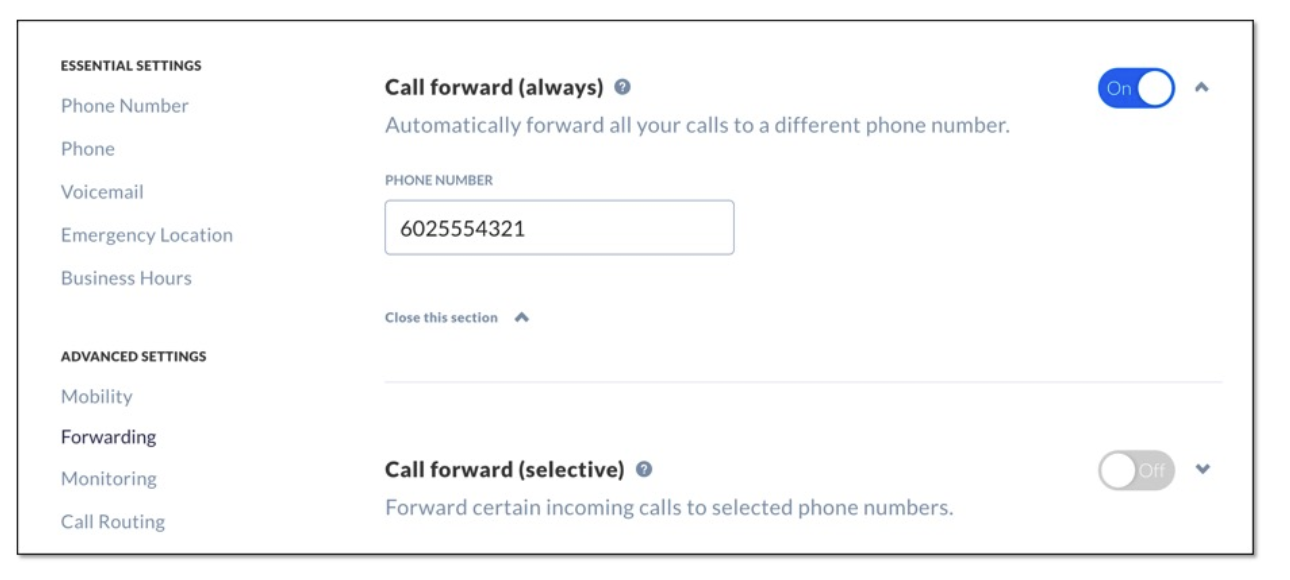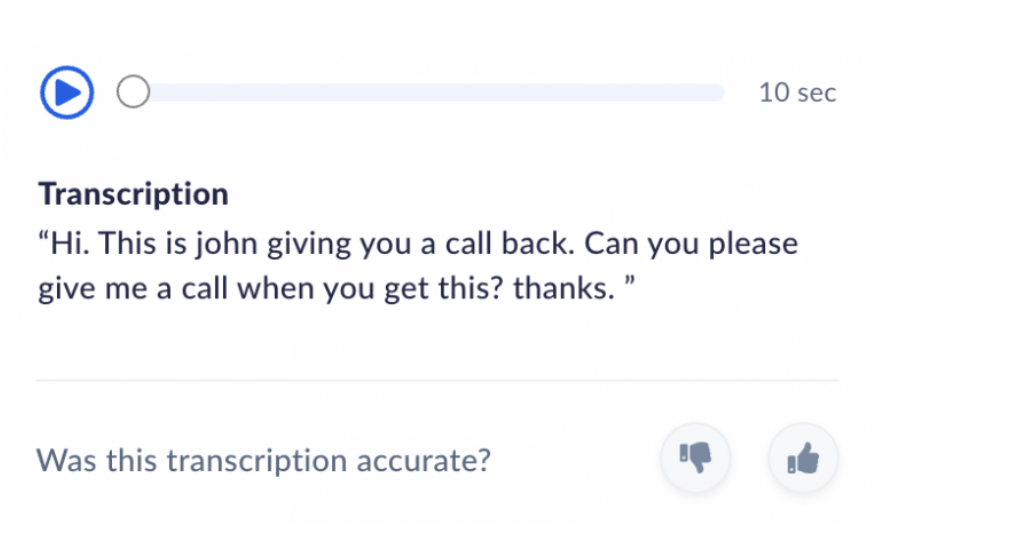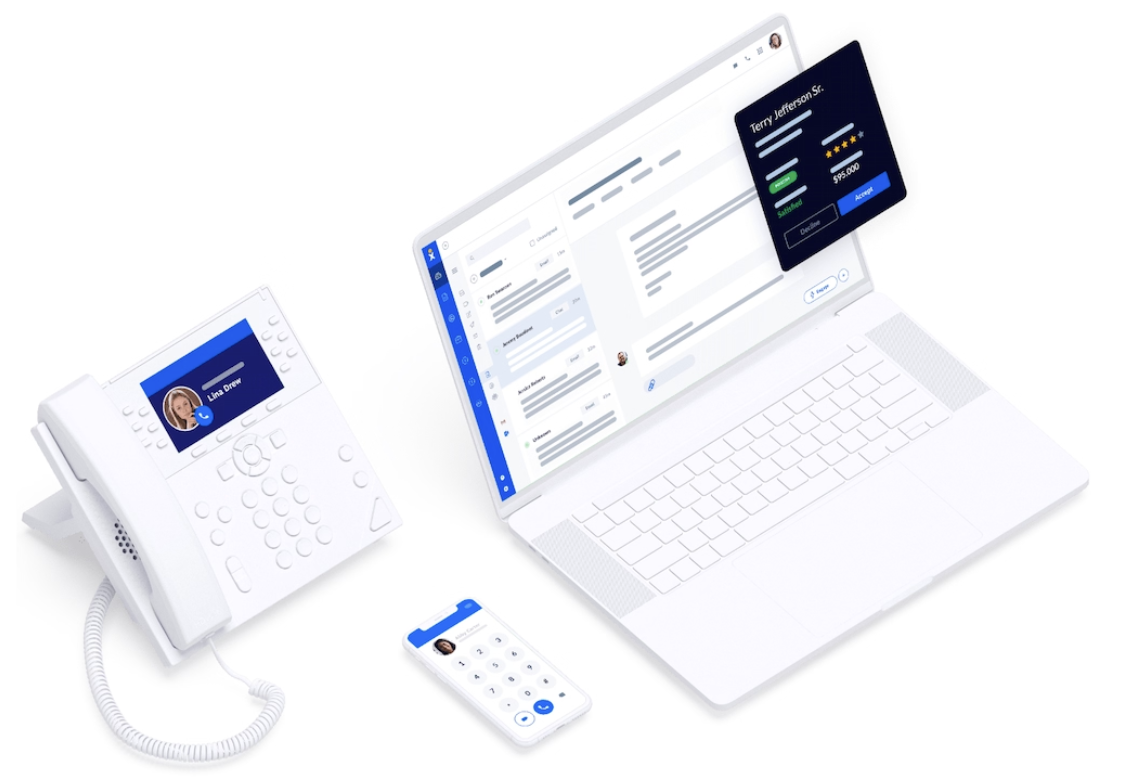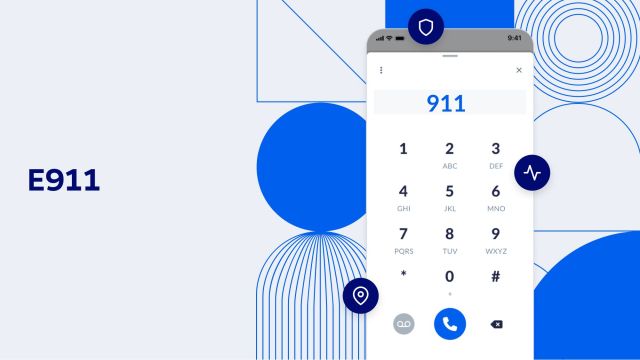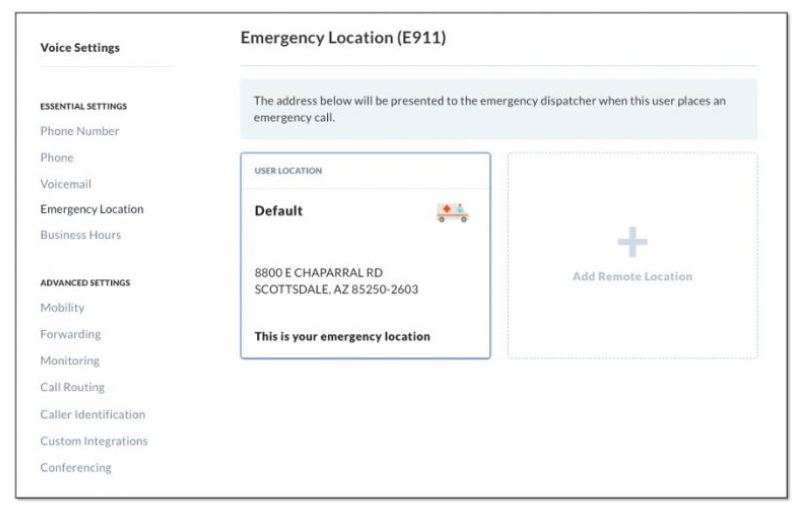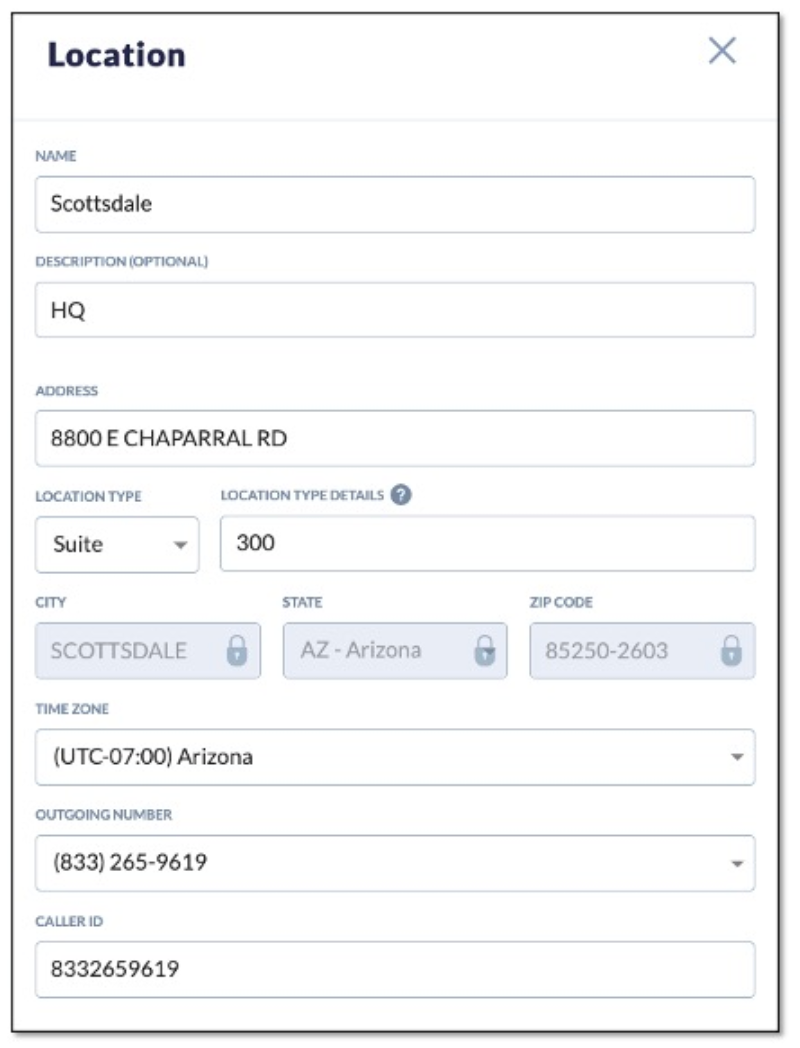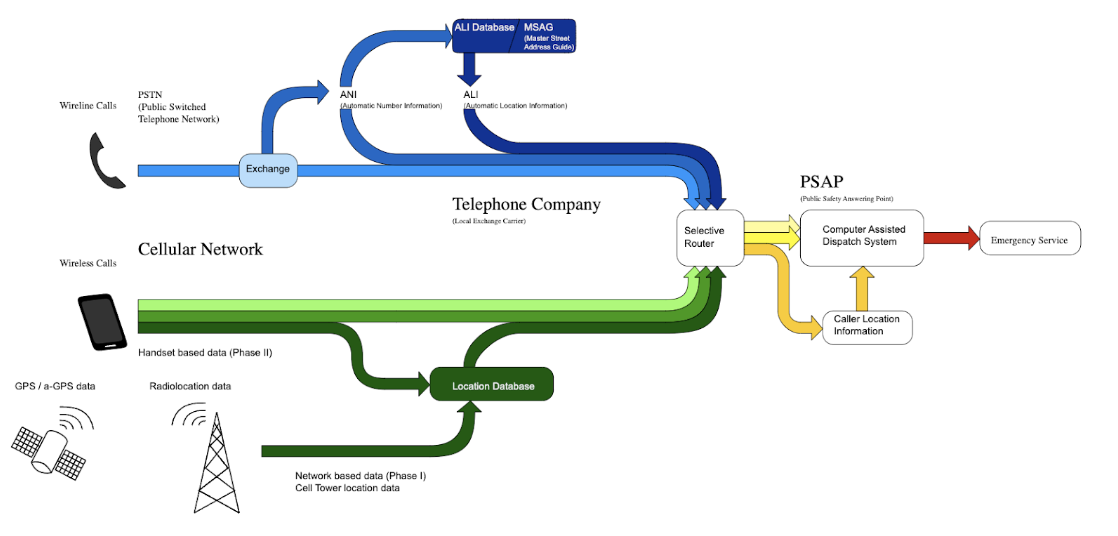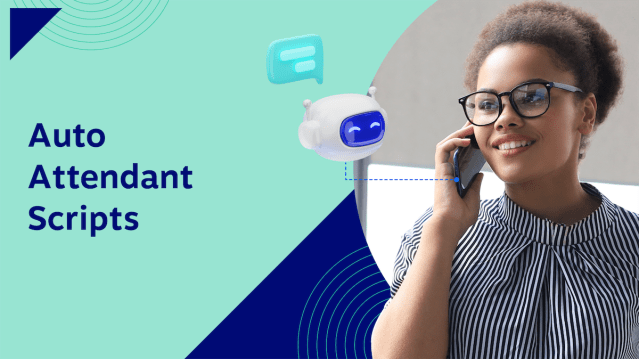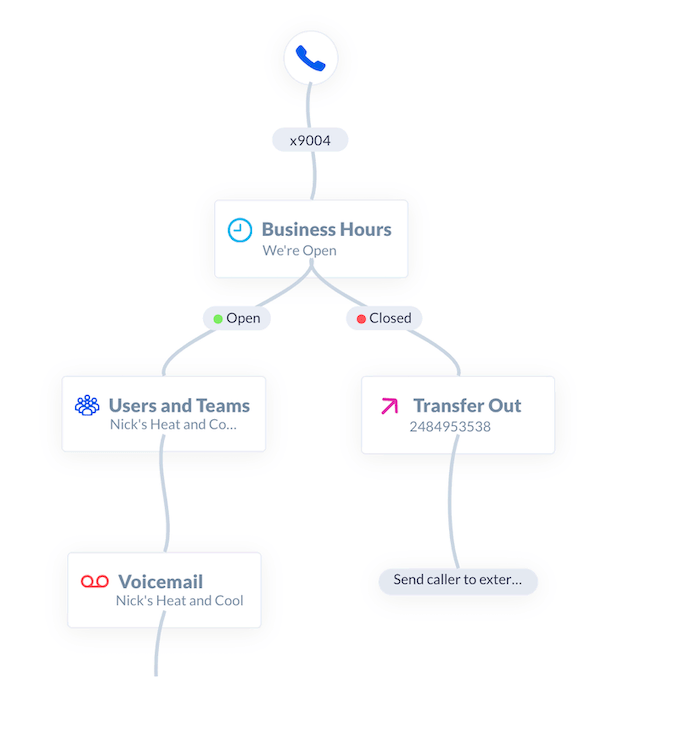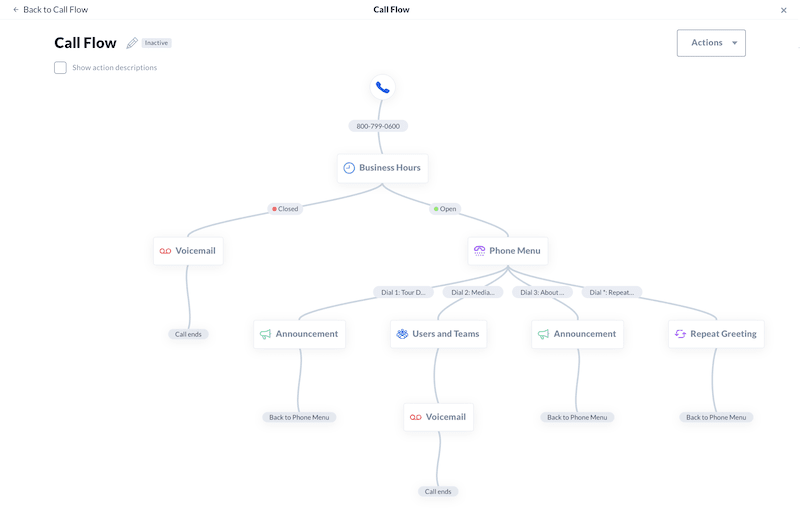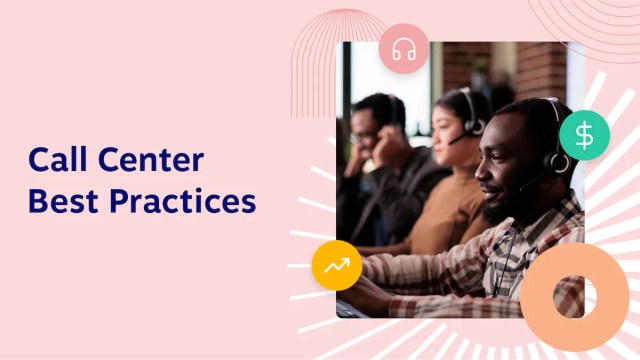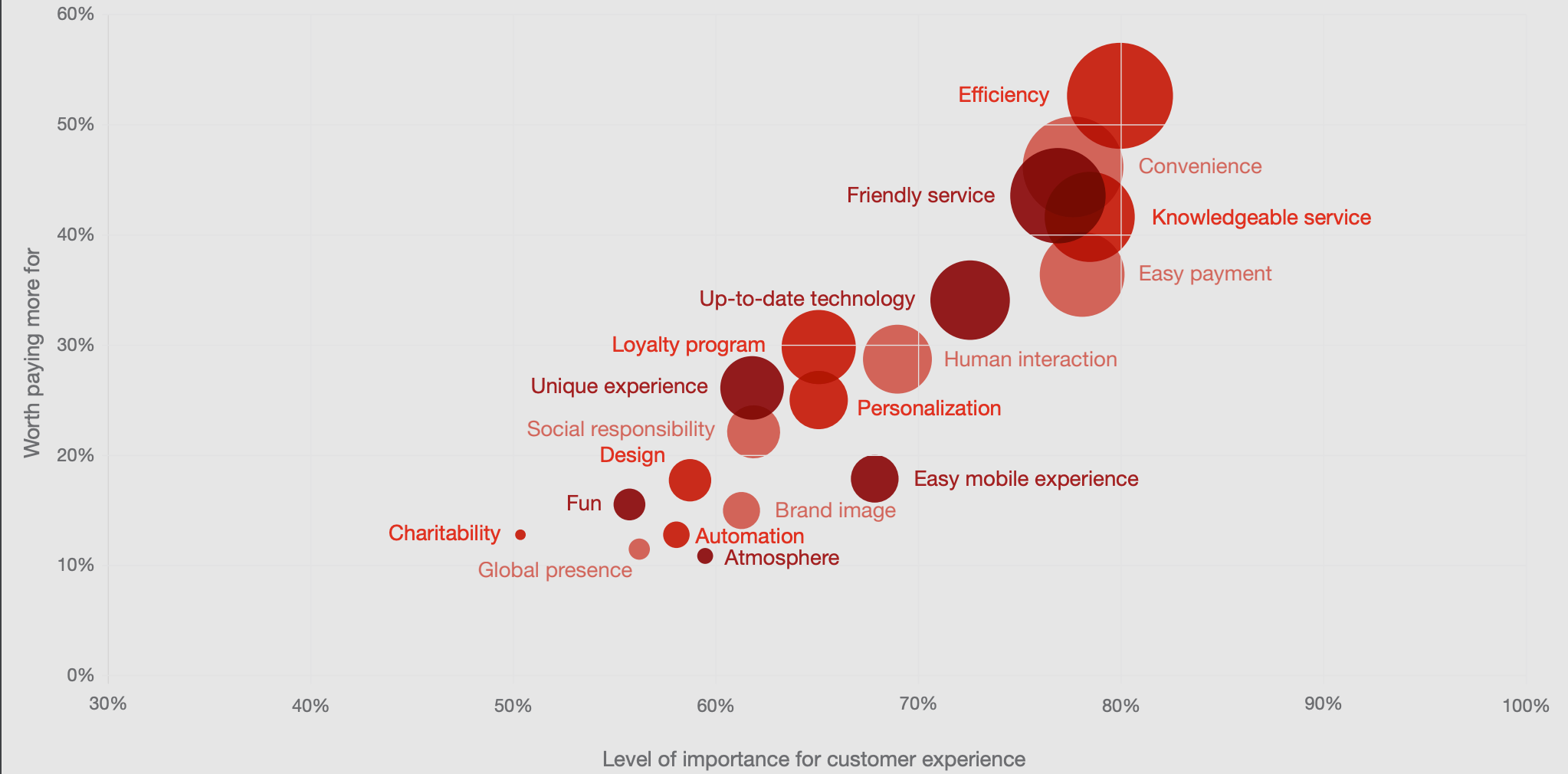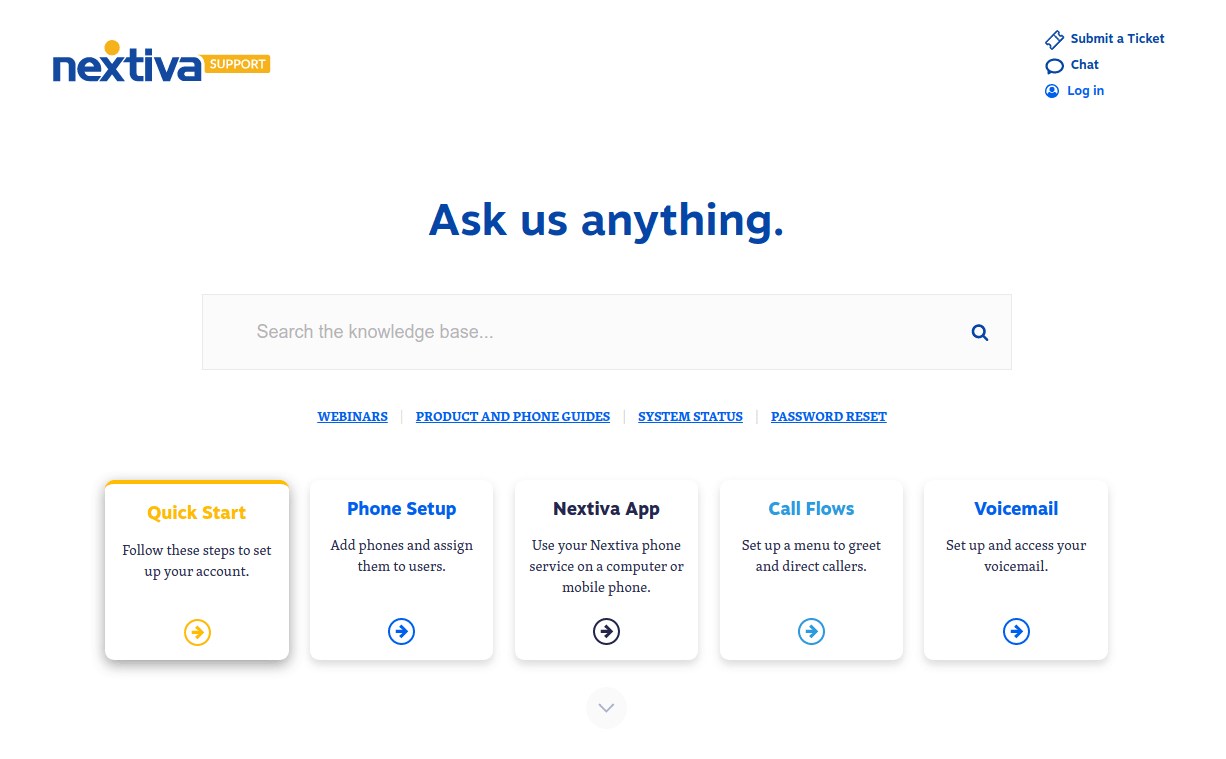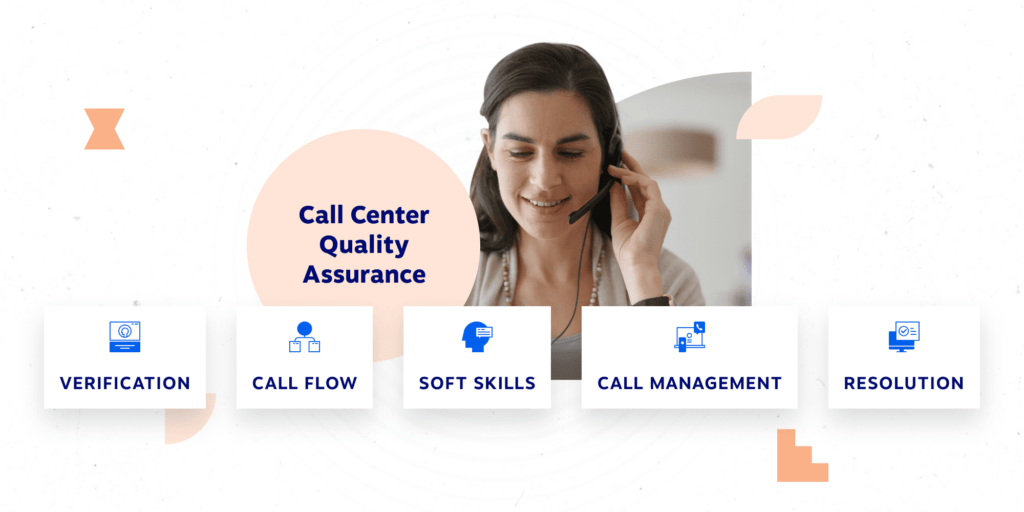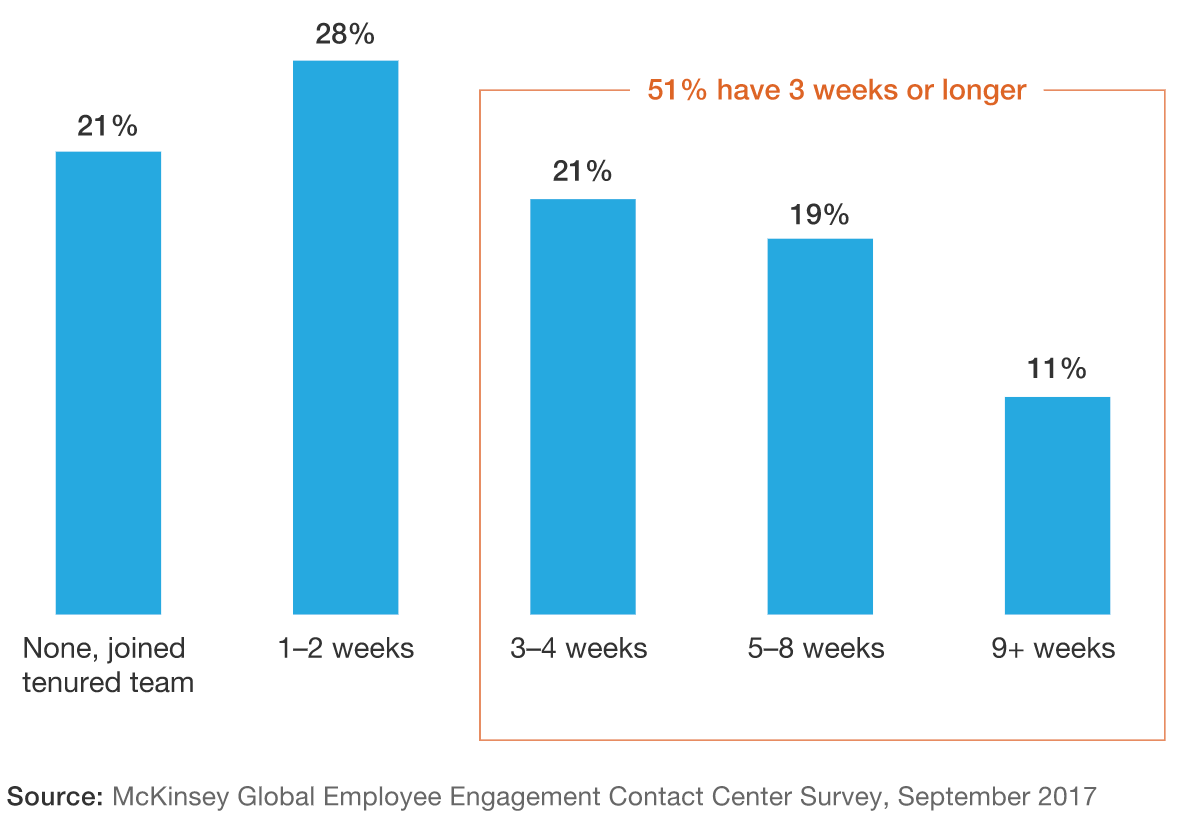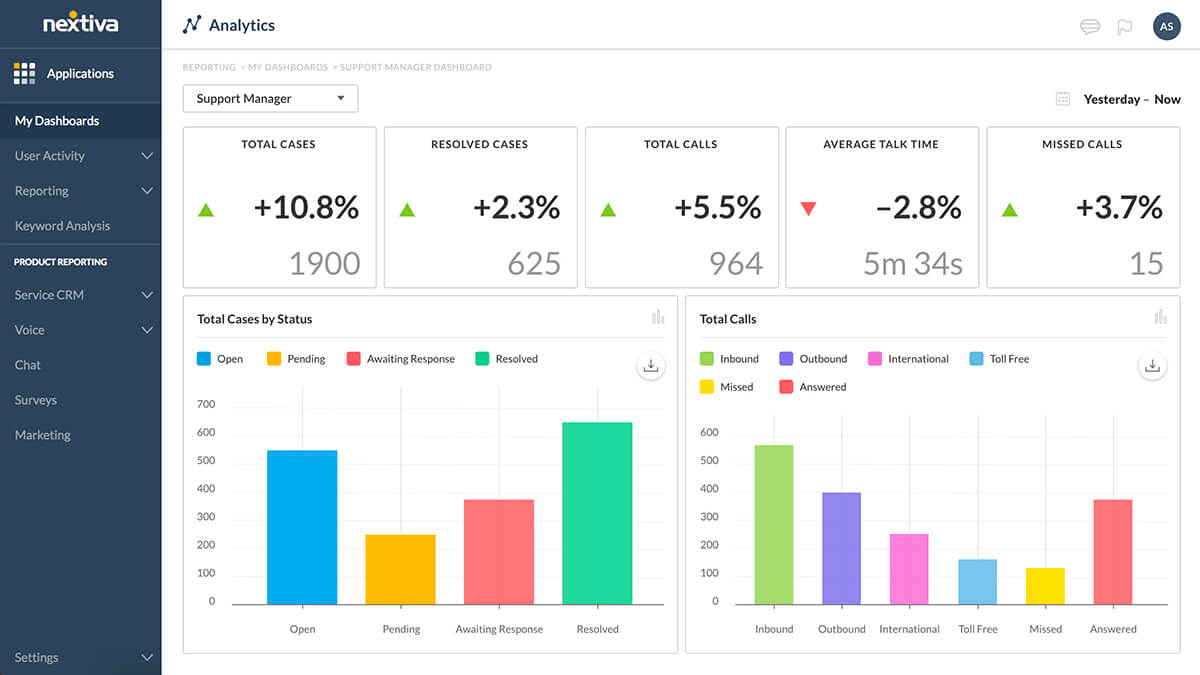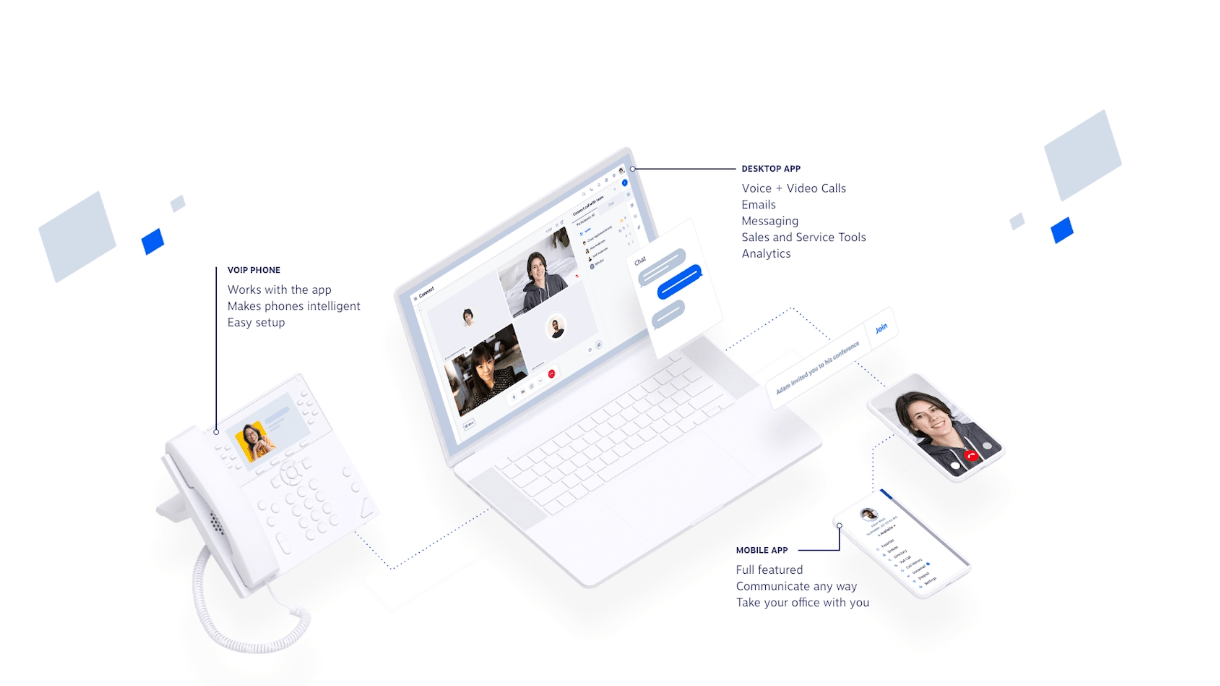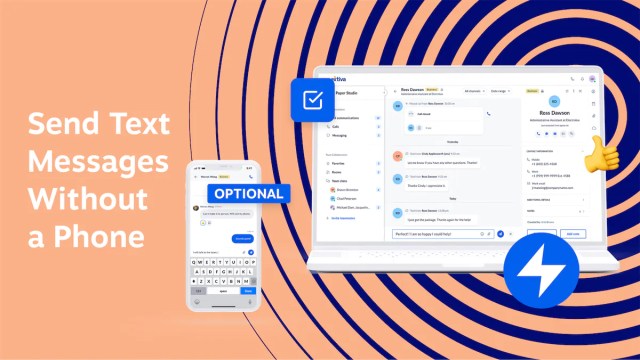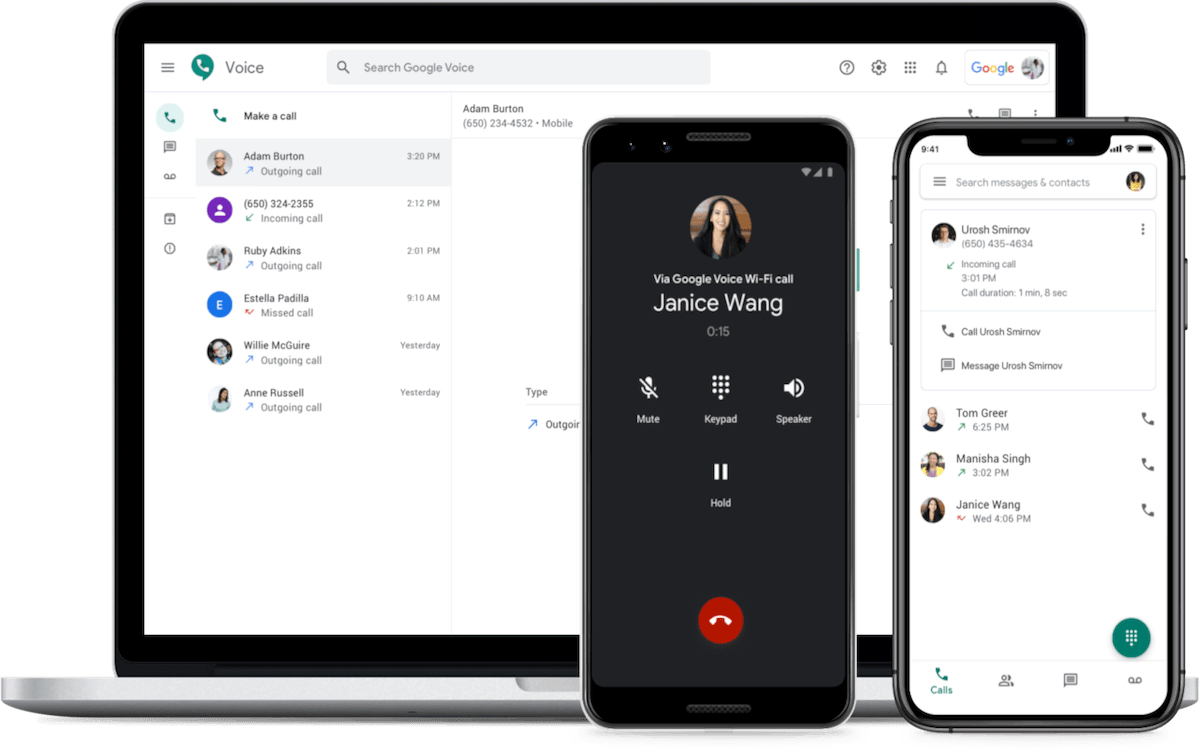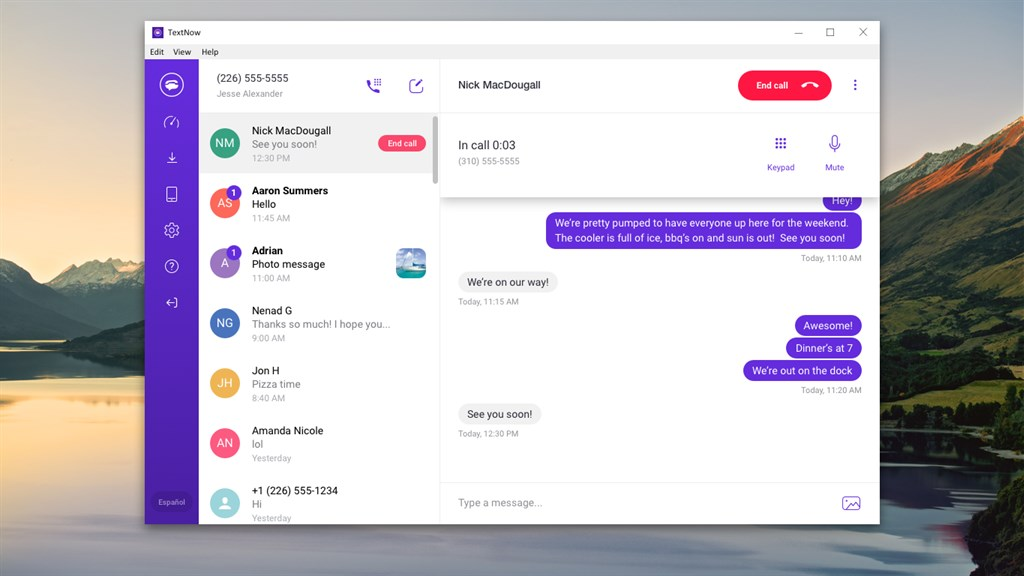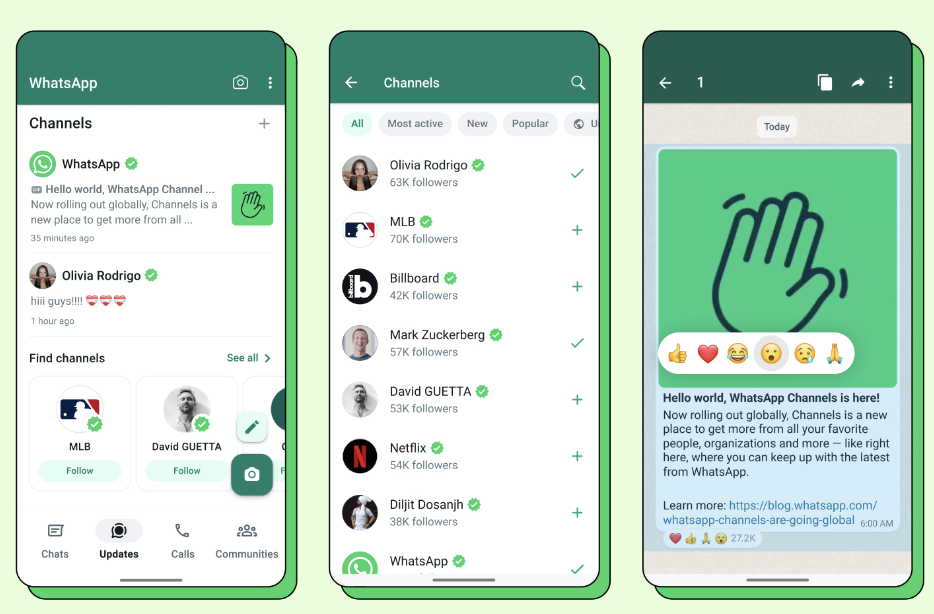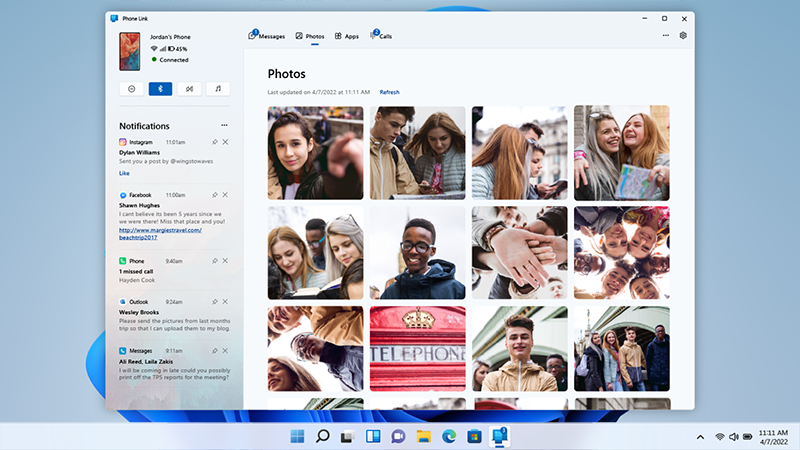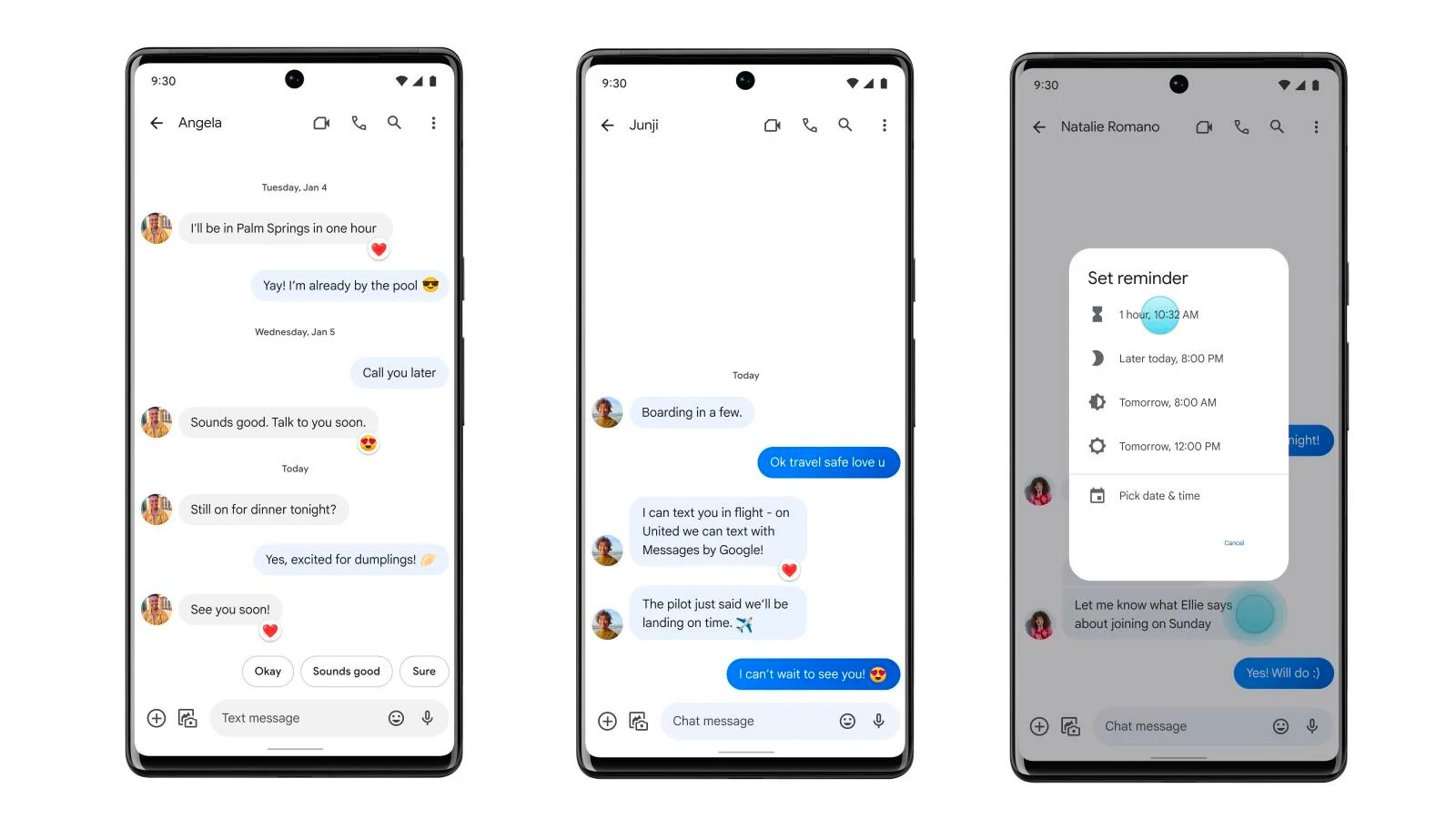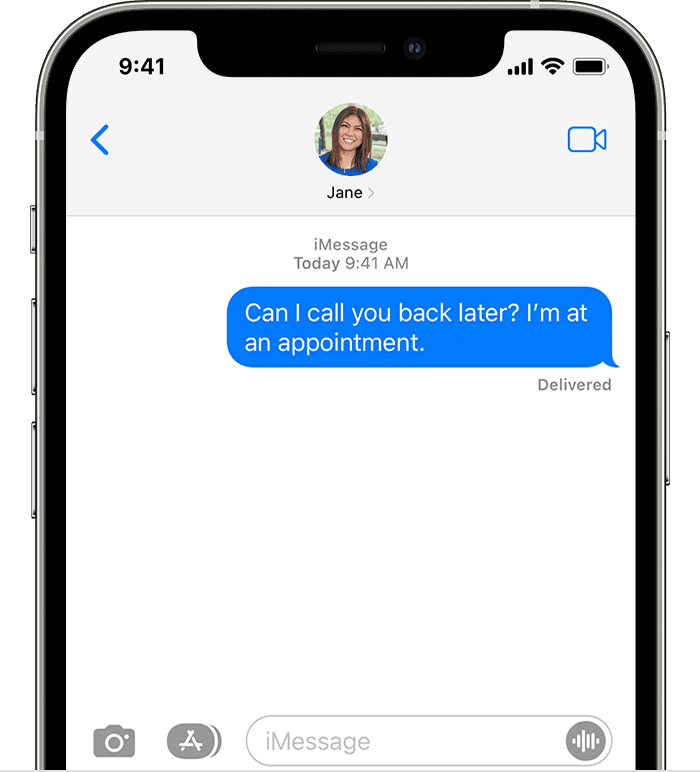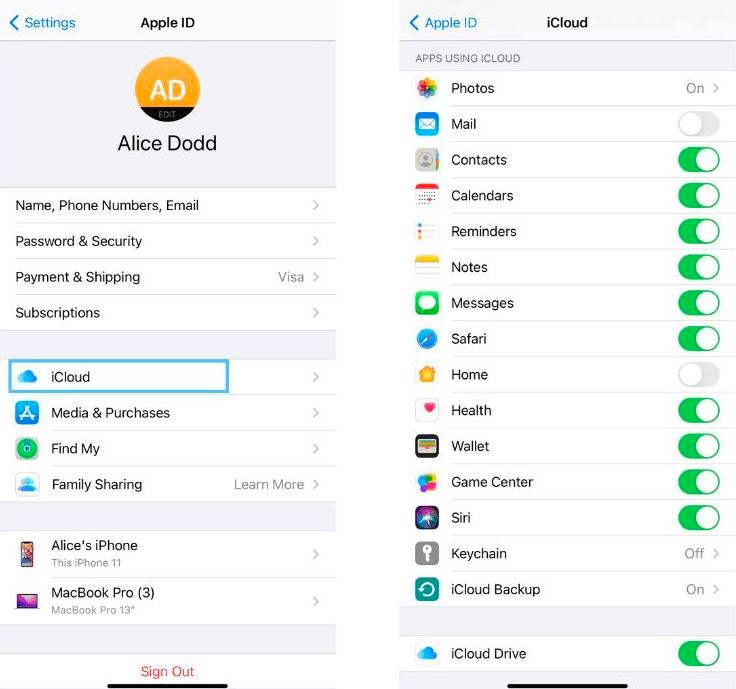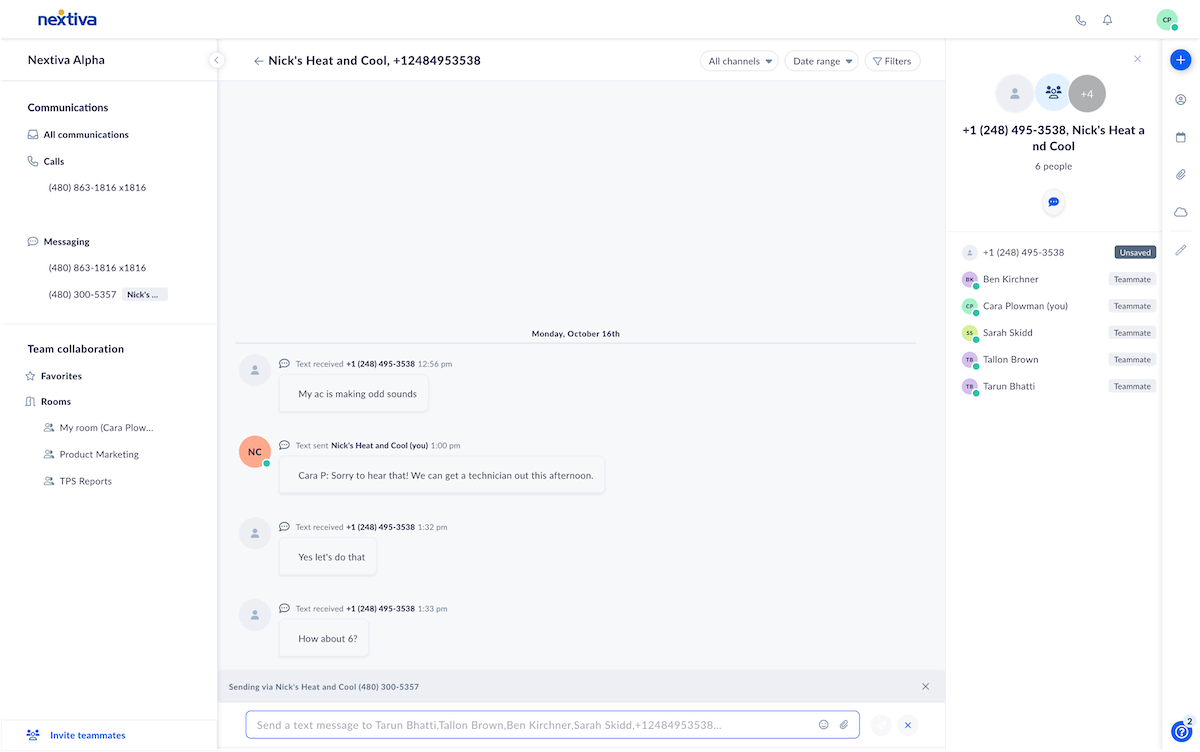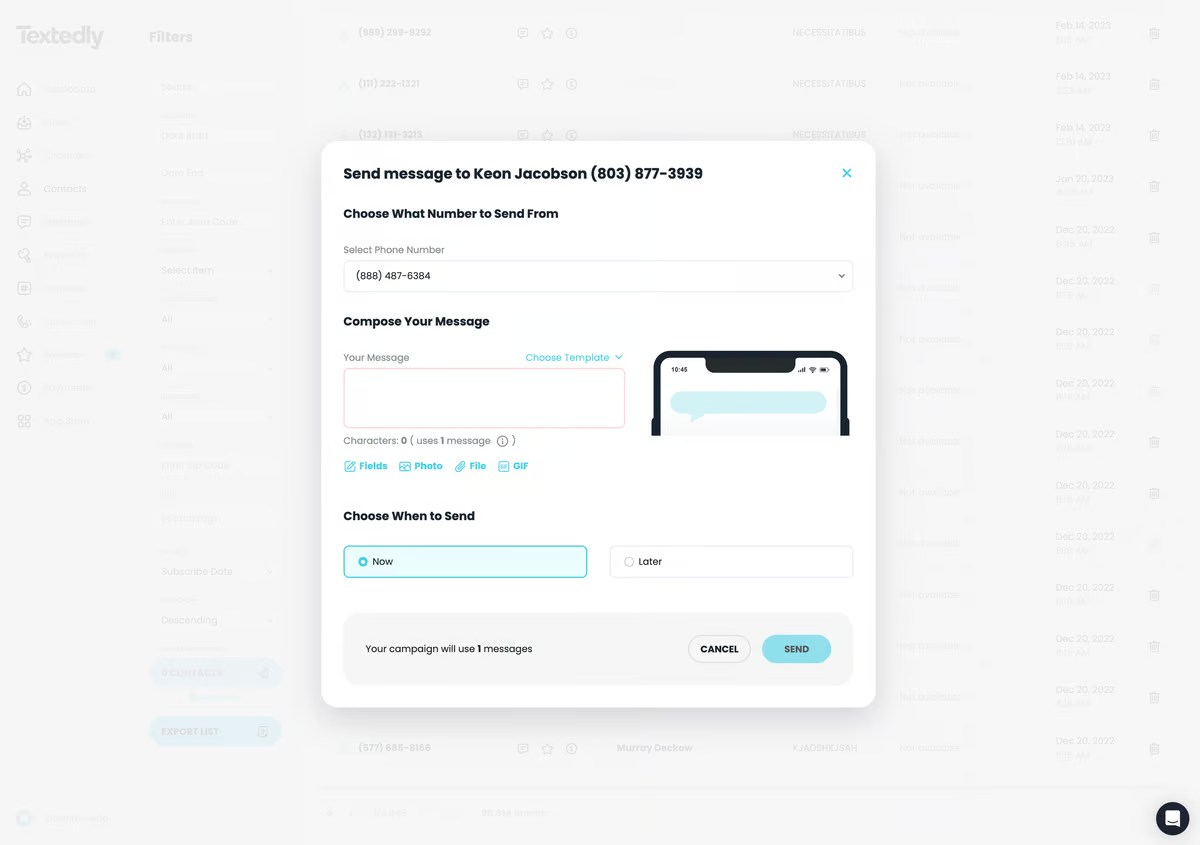The daily routines of employees have evolved. More people than ever are working remotely — call center agents included. It’s estimated that 38% of companies regularly employ remote workers, and that number is rising. They’re relying on home offices and co-working spaces to walk customers through a problem, in addition to the dedicated office builder.
What does that mean for your call and contact center? In a nutshell, you need communication software to support remote agents, one that has the features and flexibility your agents need to communicate with customers from anywhere in the world.
Get a cloud call center software from Nextiva.
IVR, call recording, VoIP numbers, call routing, advanced reporting–integrated in ONE cloud platform.
Top 12 Call Center Tools
Here are the must-have tools and features to consider when searching for new call center software.
- Help desk software
- CRM software
- Desktop softphone and mobile app
- Interactive Voice Response
- Automatic Call Distribution
- Call scripting
- Call recording
- Call queue
- Dashboards & call analytics
- Wallboards
- Customer satisfaction surveys
- Predictive dialer
1. Help desk software
Not every customer wants to pick up the phone to speak to a call center agent. In fact, an increasing number of people prefer a self-service approach to getting their customer support questions answered. Research from Zendesk found that 63% of consumers rely on email, 43% use live chat, 25% use social media, and 22% use SMS for support answers.
Help desk software helps call centers provide this type of omnichannel customer support. Customers use the communication method they use, putting less strain on your agents—especially if you’re providing FAQs through web chatbots.
With help desk software, customer support teams streamline their incoming messages. They don’t need separate software to handle emails, phone calls, and live chat messaging. All interactions are handled in a single space.
2. CRM software
With more sales and customer support teams working closely together, it makes sense to have your call center software integrate with your Customer Relationship Management (CRM) platform.
Check whether your call center solution has CRM integrations with popular tools like Salesforce or HubSpot. In an ideal world, your contact center software will be able to sync data to and from each tool to get a more holistic view of your customer conversations.
Some call center tools even have a built-in CRM tool with features like Screen Pop, which uses an incoming caller’s phone number and checks for a match in your CRM. If there is data to pull, you’ll see the callers:
- Name
- Company
- Survey response
- Account value
- Customer experience score
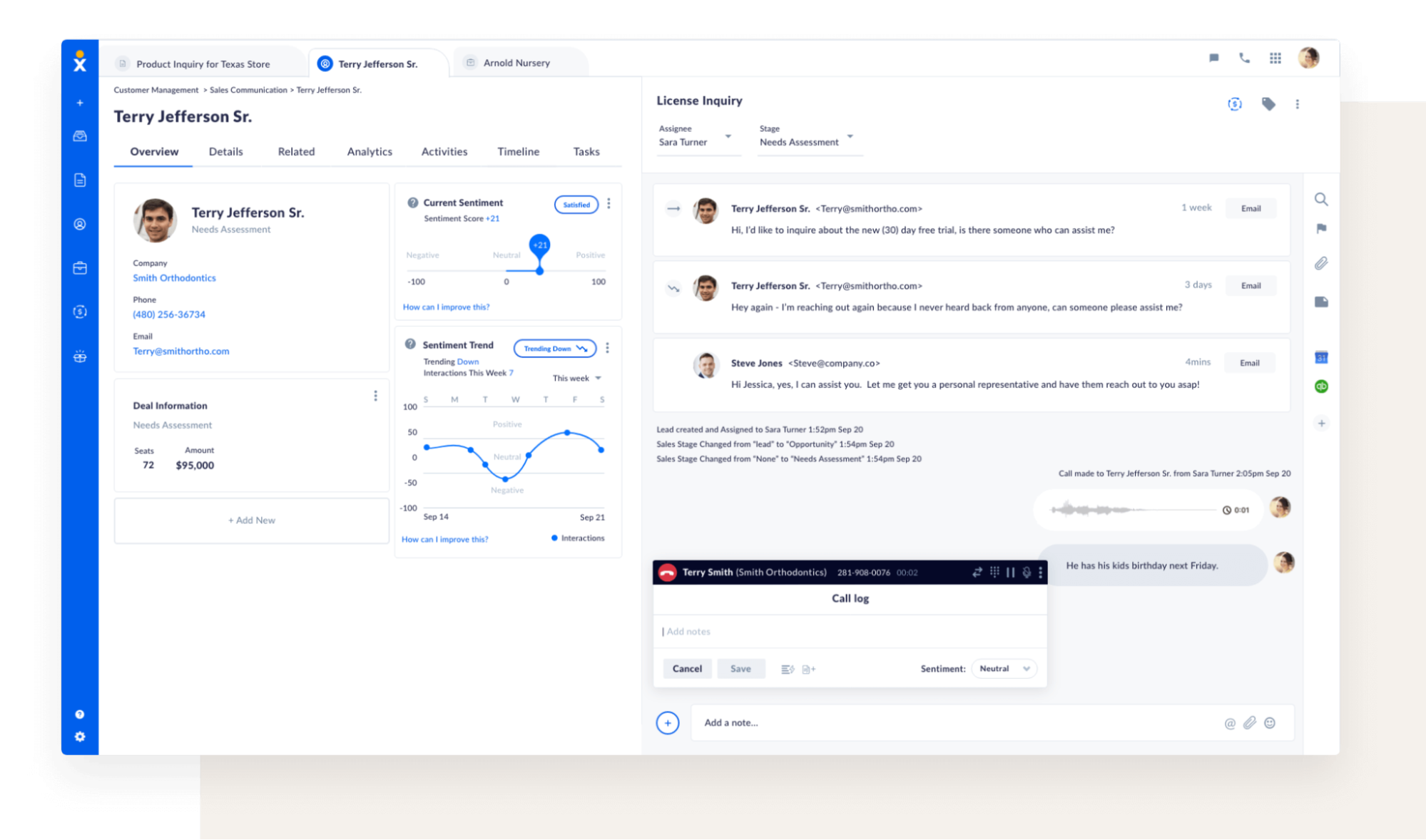
It’s frustrating for customers to have to explain their issues to several different people in your department just to receive adequate support. A call center tool with CRM mitigates that issue.
Related: The Buyer’s Guide to Outbound Call Center Software
3. Desktop softphone and mobile app
With more call center agents working remotely, your call center software needs to have features that allow agents to take calls wherever.
Going with a cloud-hosted call center solution instead of on-premise gives your team flexibility and the ability to take business calls using the devices they’re already using. Better yet, your agents will have virtual business numbers instead of having to use their personal lines to field support calls.
All your agents need is an internet-connected device—like a laptop, smartphone, or tablet—to take business calls. Download your call center provider’s mobile app, assign licenses, and you’re ready to get started. Just remember to check if the app is compatible with the operating system your devices run on (such as iOS and Android) before committing to a VoIP provider.
4. Interactive Voice Response (IVR)
Call centers saw a 300% increase in call volume at the beginning of the pandemic. For businesses short on staff, an Interactive Voice Response (IVR) system can handle increasing call volumes without putting too much workload on your call center agents.
This automated system collects information about an inbound caller’s inquiry and then routes that caller to the right resource or a human agent if necessary. Check out our explainer video below for more information on how IVR systems work:
Call routing through an IVR system improves the entire customer experience. Your inbound callers don’t have to wait in long queues just to get their support questions answered. Incoming calls are quickly and efficiently routed to the agent best equipped to handle the issue.
5. Automatic Call Distribution (ACD)
If you’re handling a large team of agents, you’ll likely have teams best suited to handle each type of inquiry. Automatic Call Distribution (ACD) is a feature that identifies callers, puts them in a queue, and routes them to the proper team automatically. Instead of asking inbound callers to click a number that best suits their query, the contact center software uses the information it already has about the caller to divert it to each department.
Let’s put that into practice and say you have one main business phone number. Everyone calls the same number, regardless of whether they’re new, existing, or potential customers. An ACD recognizes that an incoming call is from a number registered to an existing customer. So, before the call is connected to the main desk, it’s diverted to your customer service department. This is another feature geared toward mitigating high call volumes.
6. Call scripting
A call script guides the flow of the call and ensures agents hit on important talking points. Sometimes, they can be verbatim word-for-word or, more commonly, outcome-oriented.
It ensures consistent support is provided to all calls, regardless of the agent, with correct word usage. This helps in controlling your call structure and quicker resolution. AI technology in the contact center helps steer the call based on conversational patterns between agents and customers.
Customer service scripts can be instrumental in helping the agent focus on the customer making the call and interacting with them naturally instead of worrying about finding related information or appearing impersonal. It also comes in handy while training new agents.
Branching call scripts combined with your IVR systems not only help improve call quality but also substantially shorten the resolution time required.
7. Call recording
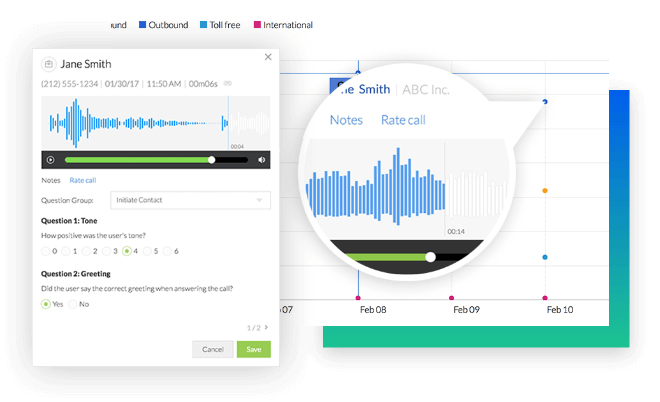
Quality assurance is a huge deal for call centers. It’s crucial that everyone interacting with your customer service team has the same positive experience. A basic feature like call recording is a great way to analyze call scripts, outcomes, and quality of service.
Call center software like Nextiva records and stores all your inbound business calls for up to six months. These recordings are easily accessible from the admin portal. Simply replay them to confirm that each agent is meeting your customer service standards.
Call recording also helps call center agents respond to customer complaints. You’ll have a clear and accurate record of each conversation you’ve had with your customers—even if the agent dealing with the issue isn’t the same one who previously handled their complaint.
Related: How to Record Customer Service Calls & Why You Should
8. Call queue
While it’s not always possible to provide immediate support to every inbound caller, having a call queue will make the waiting process much more tolerable.
Call queuing is straightforward. It places incoming calls into a line waiting to answered instead of sending them straight to voicemail.
An automated greeting informs the customer that they’re in the queue. It gives an estimated wait time so they can decide whether to hold the line or call back later.
Configure your call flow so customers can listen to music, learn about your business, or divert them to a web page for your next event. It fills the gap between making the call and speaking with an agent—making call queues feel shorter than they are.
Related: Customer Service Call Centers: Top Features & Best Practices
9. Dashboards and call analytics
Providing the highest quality of customer service with speed is the main priority for call centers, but without reporting and call analytics, how do you know where these metrics stand? How can you improve them?
The only way to know whether you’re achieving your call center goals is through reporting. So, check whether your cloud contact center software offers real-time reporting and analytics. Ideally, it should show call center metrics like:
- Type of inquiry: Are most of your support tickets billing, cancellation, or product-related? Use those insights to see whether you can create self-service documentation to lower call volumes.
- Call volume: How many live calls (both inbound and outbound) are you juggling at any given time? Do you have enough agents to handle that demand?
- Average call time: How long are you spending on each customer service call? If it’s higher than you’d anticipated and causing long queues, educate your agents on how to reduce call times.
- Customer sentiment: How does someone feel about the call they’ve just had with your agent? Check whether they’re doing a good job by analyzing sentiment.
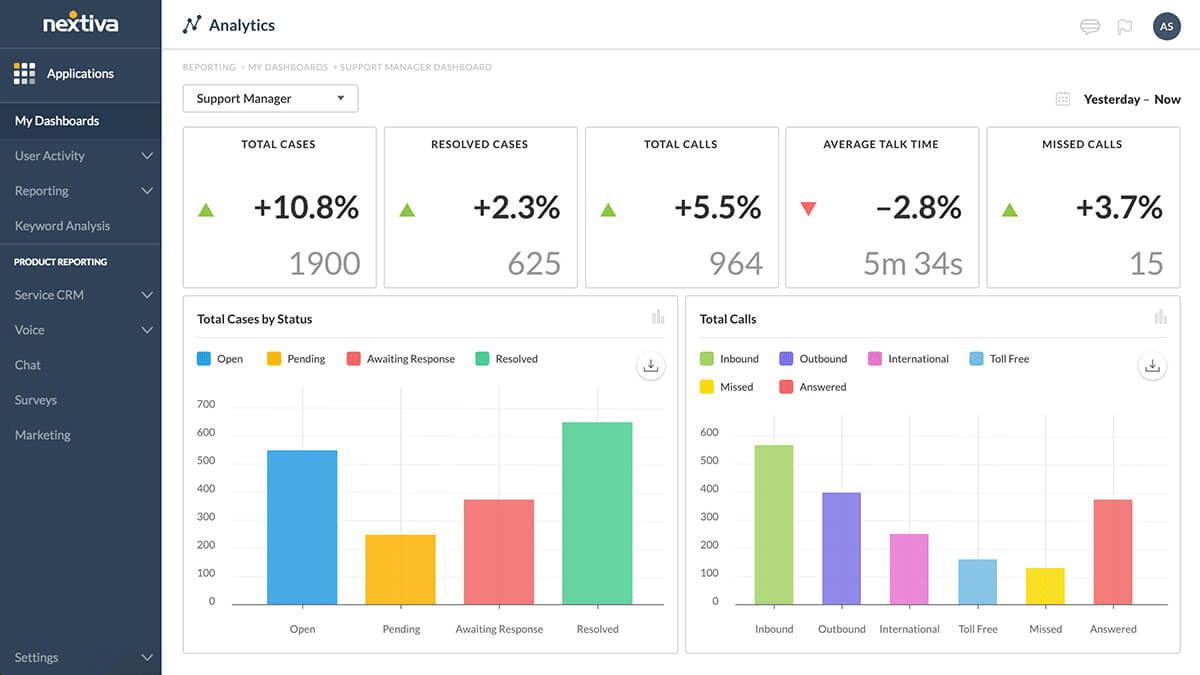
It’s worth checking whether your call center phone system can break those metrics down by agent. That way, you’re able to dive deeper into agent performance and spot your most (and least) productive team members.
10. Wallboards
Similar to the analytics and dashboard tools above, you want to distill the specific metrics that your team needs to track. This is how you instill daily execution and level up call center productivity.
Be it a revenue target, number of outbound calls, talk time, or fully resolved customer issues — you should select one to three metrics from your CRM tool that are most important to track and report publicly.
There’s an innate human desire to win and compete. Wallboards help you tap into that part of the brain and keep the team driven. It’s probably in part why sales teams celebrate new deals with music or hitting a gong — it amps everyone up.
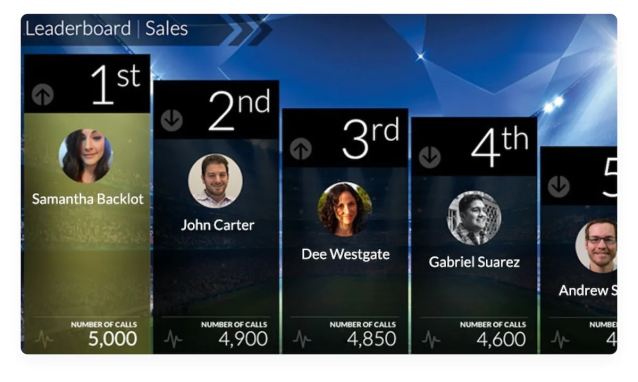
11. Customer satisfaction surveys
Speaking of reporting, one of the best ways to get data is through qualitative and quantitative feedback from your customers.
Look for a contact center solution with built-in customer satisfaction surveys. It’s an automated message that is sent after every customer support call. Callers will be asked to score the agent on important factors like communication, friendliness, and product knowledge.
A reported 86% of buyers are willing to pay more for a great customer experience. Satisfaction surveys are a great way to understand whether you’re delivering on customer experience or dropping the ball. It’ll also identify key areas to improve your support experience.
12. Predictive dialer
An increasingly popular call center feature is the predictive dialer. This feature uses artificial intelligence to predict the next phone number to dial. Instead of an agent having to type a customer’s phone number correctly, it’ll populate the rest of their number to connect a call within seconds.
Predictive dialing is just one type of automation you should look for when upgrading your call center. Search for a product that can automatically send surveys after every customer interaction, remind your agents of overdue tasks, and use workflows to escalate cases with negative feedback.
Ensure You Meet Your Agent’s Needs
At the end of the day, agents need the right contact center tools to help them carry out their job. When evaluating these features, focus on the desired outcomes:
- Reduce after-call work – Limit the manual tasks needed after a call while maintaining proper documentation of the interaction.
- Allow for more personal connection – Develop a sense of familiarity with customers’ needs and past conversations.
- Increase customer understanding – Give agents a broader context for the conversation and the customer experience.
- Reduce indecision – Reduce the sense of uncertainty when making recommendations to current and future customers.
We suggest surveying your team regularly as well as observing the workflow in how they assist customers. You’d be surprised by the burden of your existing infrastructure that your team has to work around.
Choose a Call Center With the Tools and Features You Need
When looking for a cloud call center provider, reference this list of top call center tools and features. Think about your business’s unique requirements when it comes to fielding support calls.
For example, if your agents are experiencing increased call volume, it may be worth looking into an IVR. If your call center manager wants deeper insight into individual agent performance, they may want a product with reporting and analytics.
Nextiva’s call center solution has the tools and features your agents need to be more productive and more successful in their roles. Meanwhile, your customers will be at peace knowing their questions will be answered quickly and efficiently, regardless of how many calls are coming in. If call center performance slips, you’ll have reporting and analytics by your side to see where the bottlenecks in your call center are.
A call center solution with this level of flexibility and functionality leads to more satisfied employees and customers.


